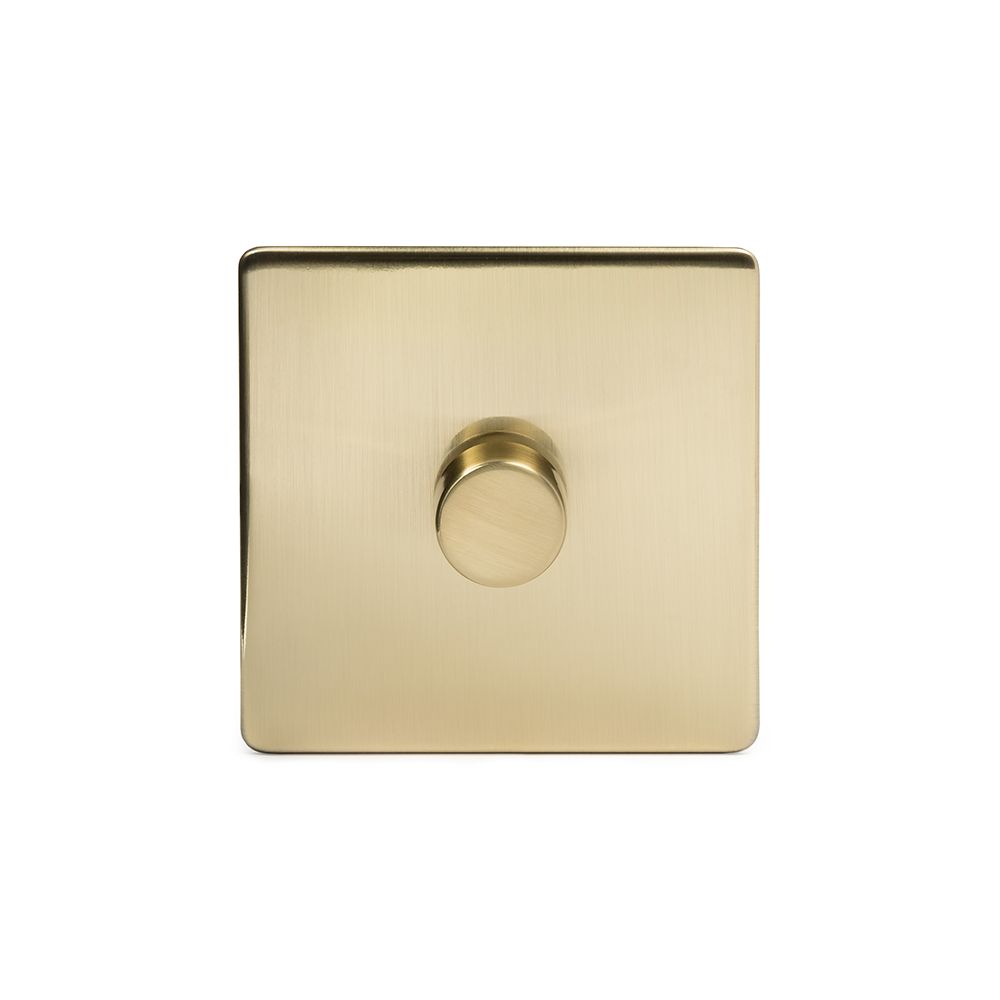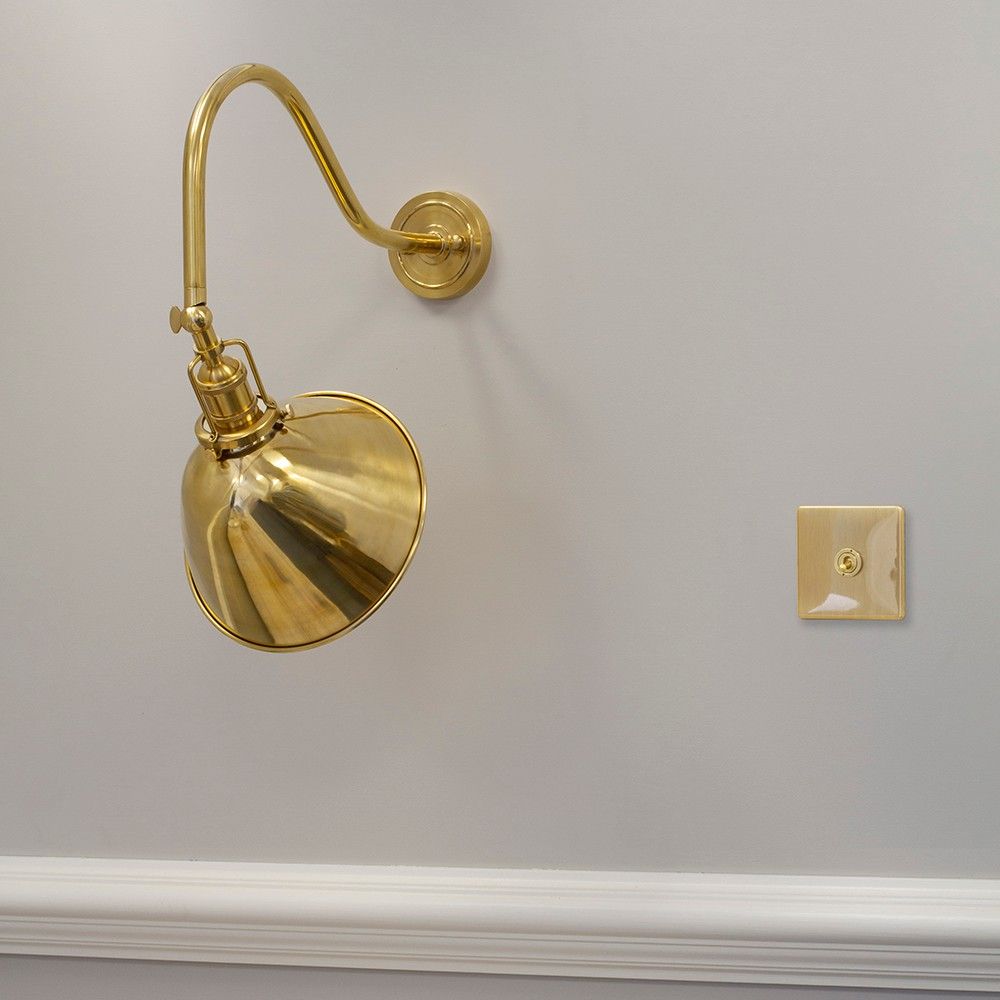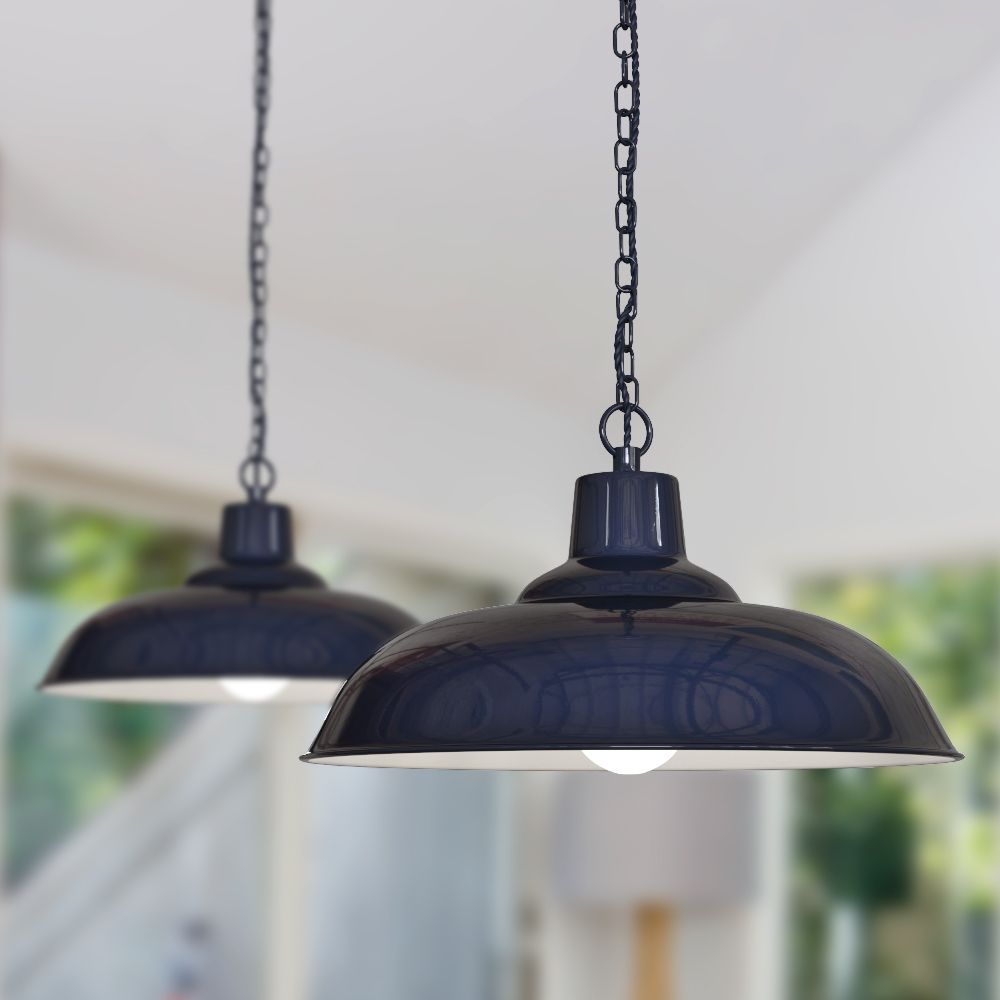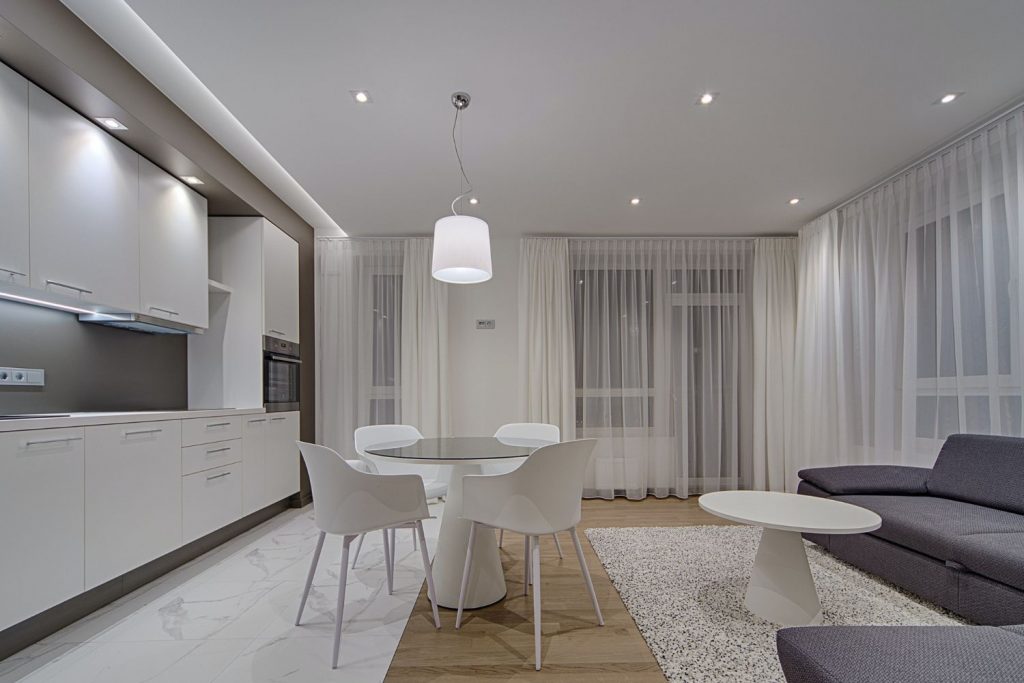
Knowing how many lumens a bulb emits is important for lighting a space. Understanding the difference between lux and lumen, especially how these two measurements work together can really help you to make the most of your room, while literally and figuratively brightening your home.
What is lux level?
Lux (commonly known as ‘foot-candles’) is a unit of measurement for natural and artificial lighting that reaches a surface. If lumen is the amount of light emitted, lux is the amount of that light that falls on a surface.
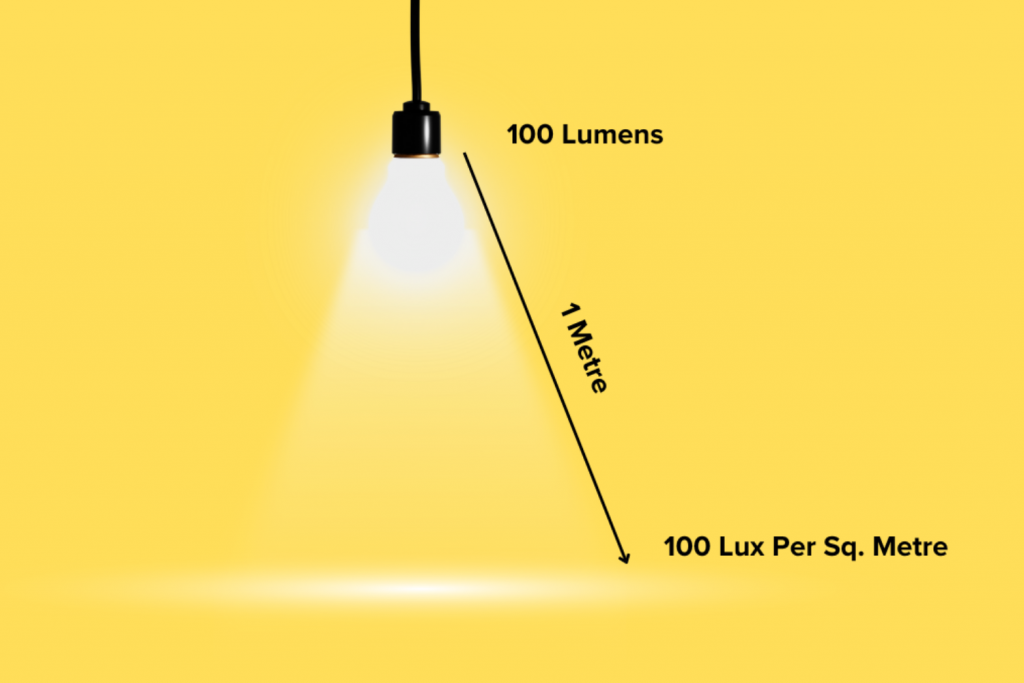
Simply put, one lux is equal to one lumen per square meter. (lm/m²), meaning that if one lumen of light is emitted from a bulb, and that light falls evenly on a surface of one square meter, the illuminance on the surface would be equal to one lux.
A typical living room can have anywhere between 100-300 lux of natural light. This depends how large your windows are, and which direction your windows face. To put this into perspective, the recommended illuminance level for reading is around 500 lux, outdoor daylight can range from anywhere between 10,000 on an overcast day and upwards of 100,000 lux with brilliant sunshine.
When dealing with large commercial or industrial spaces, lumen doesn’t necessarily always indicate a lux level. The further away a light source is from a surface, the more light will disperse, meaning less lux than lumens. A torch, no matter how bright it is, will appear dimmer the further away it is.
However, calculating lux from lumens when lighting your home is relatively simple, and choosing lights based on lumens will give a fairly accurate measurement of lux inside the home.
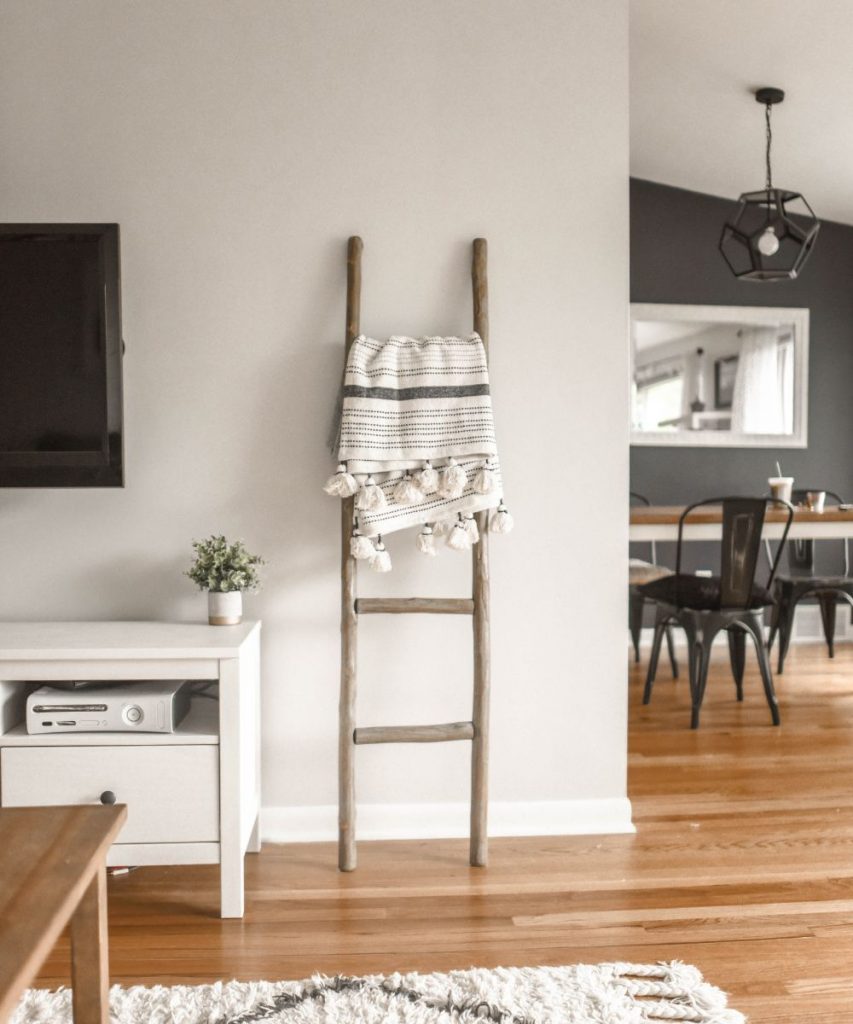
We hope this guide helps you to understand lux level and how to use this in your home. Check out our range of LED light bulbs to light your home effectively.
[related_products is_auto_added="1"]Knowing how many lumens a bulb emits is important for lighting a space. Understanding the difference between lux and lumen, especially how these two measurements work together can really help you to make the most of your room, while literally and figuratively brightening your home. What is lux level? Lux (commonly known as ‘foot-candles’) is […]
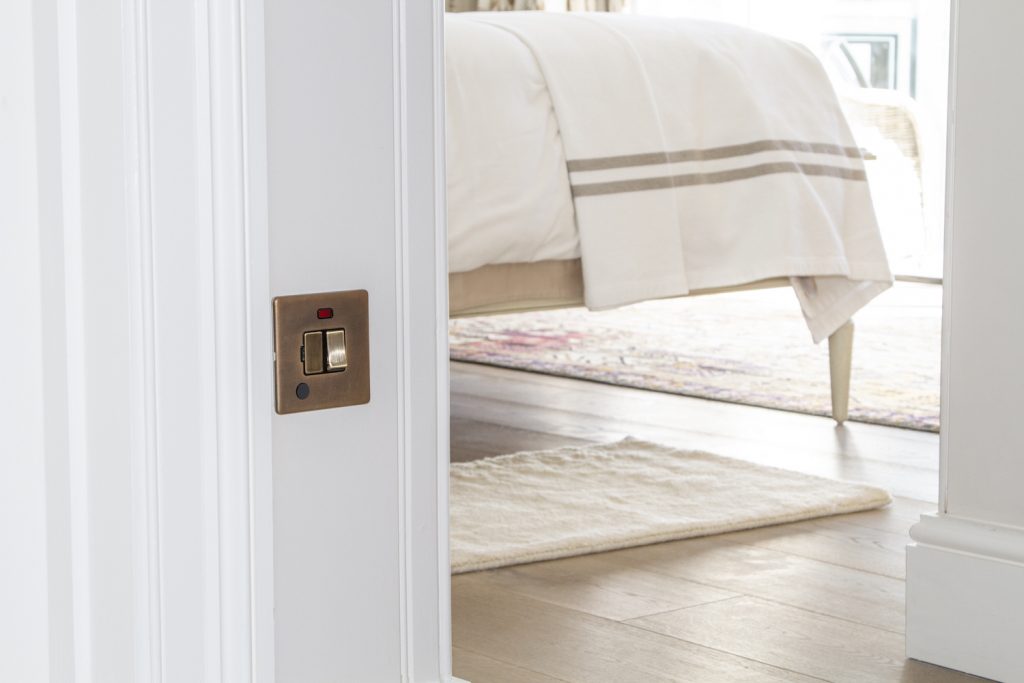
When it comes to wiring your home, it isn’t quite as simple as just sockets and switches. There are many types of power outlets, switches, and different sockets to consider. One type of socket that causes a little confusion is the flex outlet socket. So, why would you need one?
A flex outlet is a type of electrical socket that allows you to wire high-powered appliances straight into your walls. Boilers, water heaters, and other electrical unit that require a continuous power source, would be wired through a flex outlet. Flex outlets are often used in a situation where a plug socket would be difficult to access. Or with appliances that do not come with a 13A plug socket as standard.
Let’s look at the different types of flex outlets that we stock, and why you would consider using them.
Flex Outlet
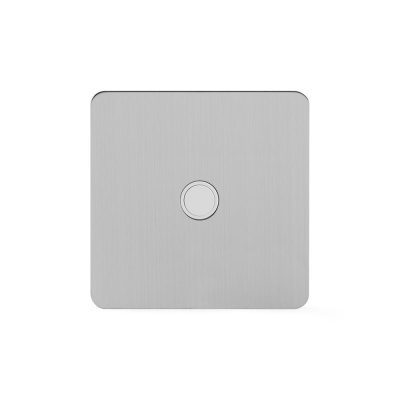
The most basic type of flex outlet has no switch and is designed for relatively low-powered appliances that don’t require isolating from the mains. For example, you could have your table lamp, or even a hairdryer hardwired into the wall in a specific location, if you knew that you were unlikely to need to move these again.
Double Pole Switched Flex Outlet
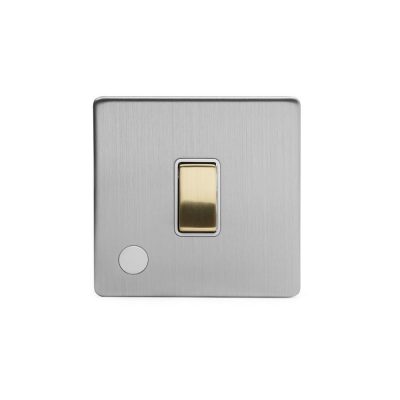
A 20A double pole switched is used to safely isolate an appliance by isolating both the live and neutral simultaneously. This ensures that the appliance is completely disconnected from the power source when the switch is turned off. A double pole flex switch is a safer way to control the power supply to an appliance, providing an extra layer of protection against electrical shocks.
Unswitched Fused Connection Unit (FCU)
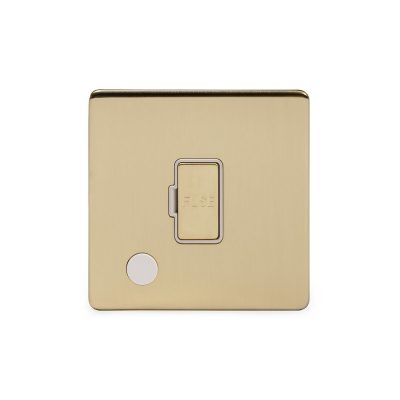
An unswitched fused connection unit (FCU) flex outlet is used to protect a hardwired appliance which develops a fault. Excessive electrical draw/leakage will blow, or melt, the fuse first, which helps keep your appliance and your home safe.
Switched Fused Connection Unit (FCU)
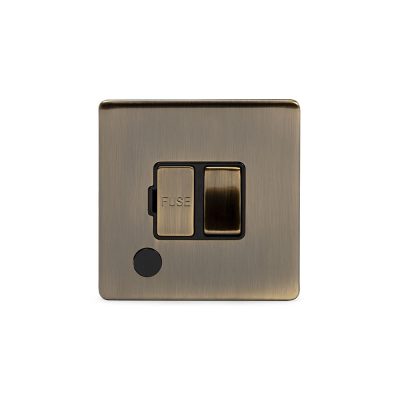
A switched fused connection (FCU) flex outlet works in the same way as the unswitched FCU, the only difference being that you can switch the hardwired appliance on and off at the wall. This switch is useful for appliances that might occasionally need to be switched off from the wall.
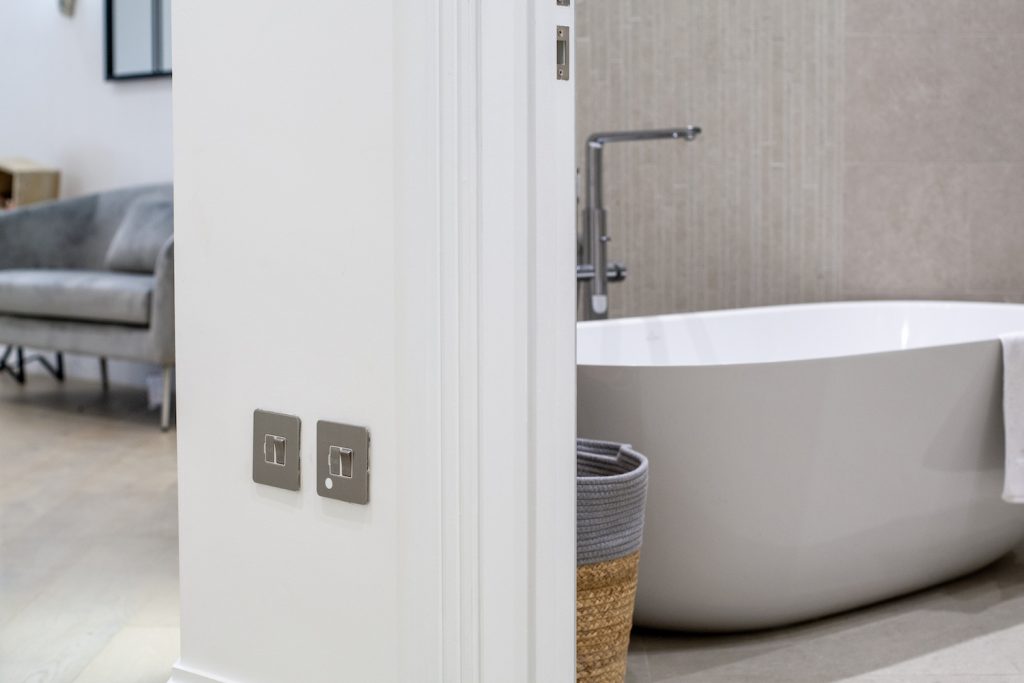
Switched Flex outlet sockets have the option for a neon light to indicate when power is reaching the switch, and it's up to you if you require neon or not, however this is a great safety feature for any appliance that requires switching off before you interact with it.
[related_products is_auto_added="1"]When it comes to wiring your home, it isn’t quite as simple as just sockets and switches. There are many types of power outlets, switches, and different sockets to consider. One type of socket that causes a little confusion is the flex outlet socket. So, why would you need one? A flex outlet is a […]
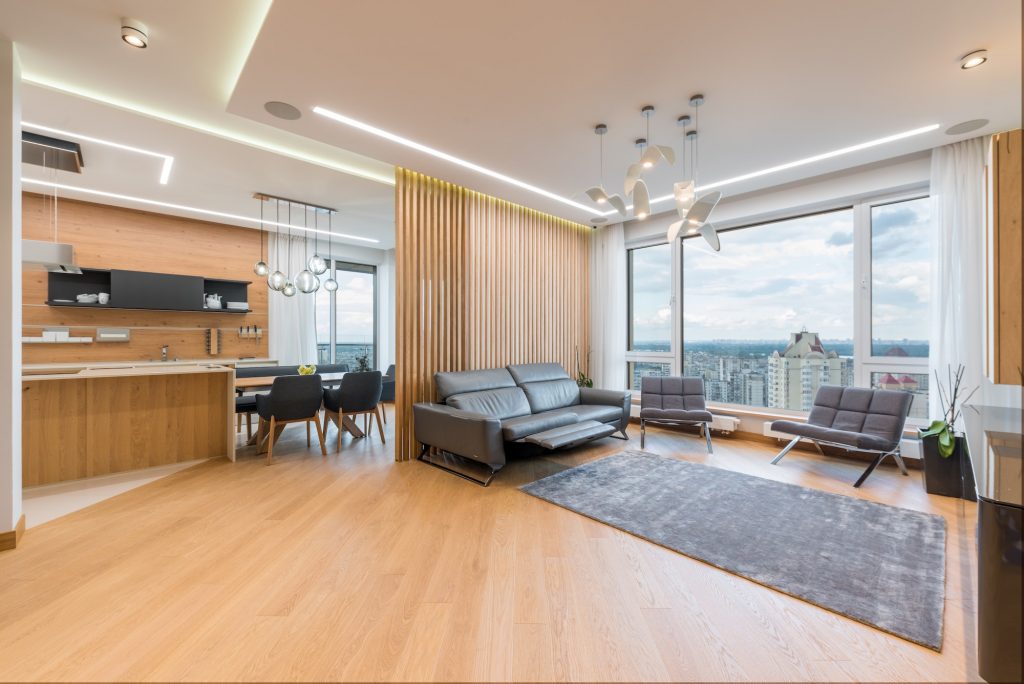
Chandeliers have always been considered the most luxurious way to light a space. Be it large or small, chandeliers are designed to be the centrepiece to a room. As trends move throughout the years, we have found ways to incorporate this wonderful light into different aesthetics.
Styling a contemporary home with a modern chandelier comes with a few considerations. Firstly, how large your space is will play a big part in the kind of chandelier you choose. If you have high ceilings then you will have much more room to play with. However if your ceilings are relatively low, then you will need to find a lower profile chandelier for this space.
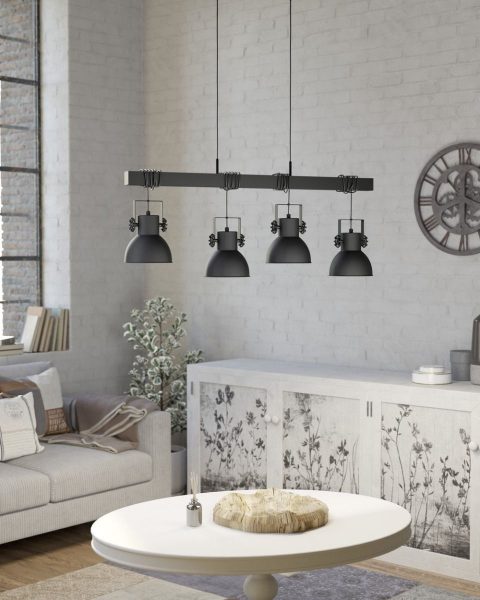
Next, think about where this modern chandelier is going. Is this for above a dining table, for example? Then consider a wider chandelier that won’t interfere with the table. If you’re choosing a light for a mezzanine, then a taller chandelier will work well for this space. Using a chandelier that is too small or large for your room will throw off the ambience of your space. So, measure twice, choose once!
Modern chandeliers tend to be linear in design, focusing on minimalistic form and shapes. Materials such as metal or a high-quality plastic form the framework and use LED strips to create smooth and fascinating shapes. This makes them great additions for minimalist, industrial, or even brutalist spaces, adding a design element to the room without cluttering the aesthetic.
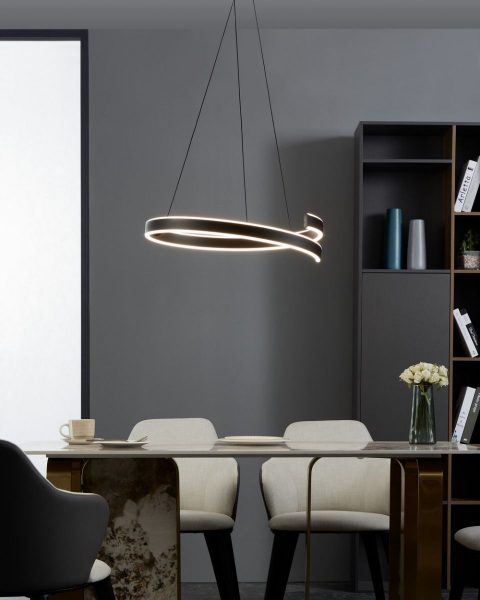
If you are choosing for a chic or Scandi space, glass, woods, linens, and even paper add a sophisticated element to these more decorative focused interiors. Be mindful of the aesthetic you wish to cohere to; an ultra-minimalist LED chandelier will detract from the comfortable ambience of your carefully designed Scandi living room.

Modern chandeliers offer a great way to add that touch of design and elegance to any contemporary space. By selecting a chandelier that is complements your interior, balances your space, and coheres to your tastes, you can create a truly stunning focal point that will only enhance the ambience of your home.
[related_products is_auto_added="1"]Chandeliers have always been considered the most luxurious way to light a space. Be it large or small, chandeliers are designed to be the centrepiece to a room. As trends move throughout the years, we have found ways to incorporate this wonderful light into different aesthetics. Styling a contemporary home with a modern chandelier comes […]
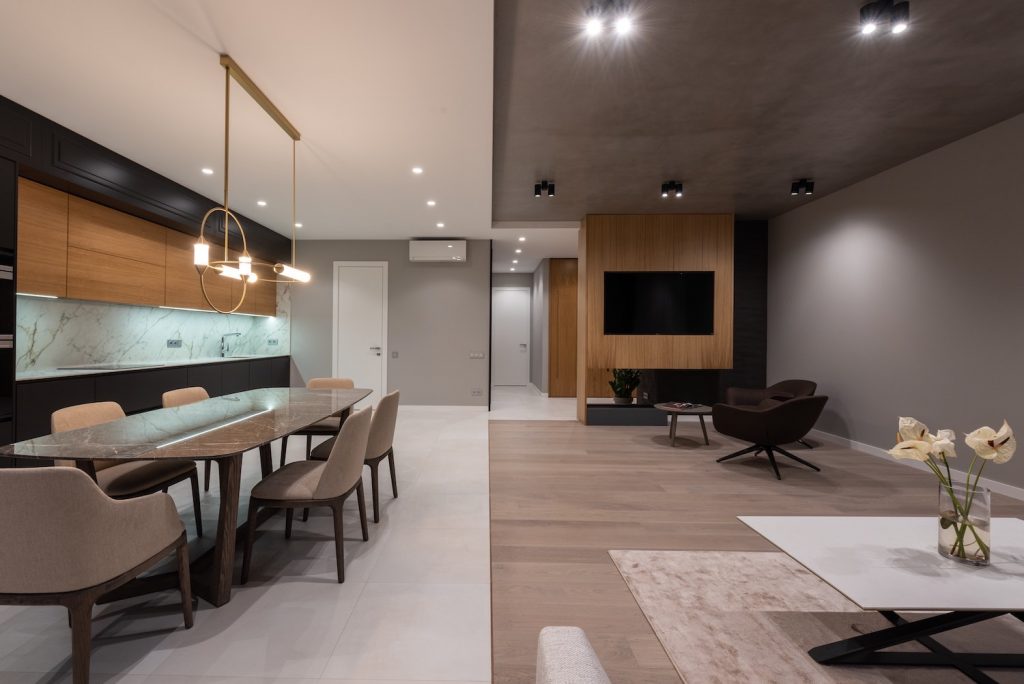
Lighting in open plan spaces such as a bedroom or a dining room is relatively straight forward when you consider the purpose of a room. Especially if each room has a different style or theme.
But lighting an open plan space has a few design elements to consider. While it’s easy to see where a kitchen ends and a living room begins, knowing how to light each area for different tasks or atmospheres can be a bit tricky.
Let’s look at how we can create ambience without sacrificing design. In this blog we explore the different ways you can light your open plan space to define areas and moods.
Downlights
While it may seem easier to simply light an entire open space using downlights, you risk interrupting a cosy ambience. Relying only on downlights creates shadows and removes the glow that comes from a well-placed pendant or floor light.
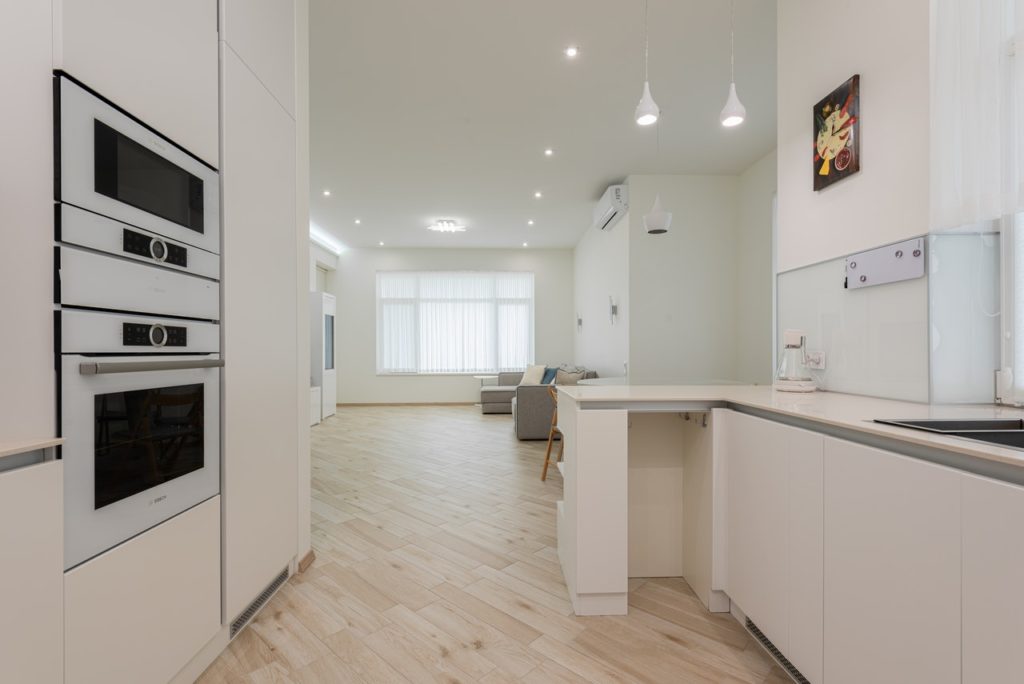
However, downlights certainly have their place. They are fantastic task lights and are best saved for the kitchen. Not to mention this is a great way to define specific areas of an open plan kitchen dining space.
By using downlights, particularly CCT downlights you can separate the space between kitchen and dining room. This means using a cooler task light for the kitchen, and a much warmer ambience light for the dining room.
Pendant Lighting
Pendant lights are a great addition to downlights. They offer a warm glow from a different height, something that complements the light given by a downlight. Hung above a dining room table, a pendant light defines the dining room space by adding a focal point.
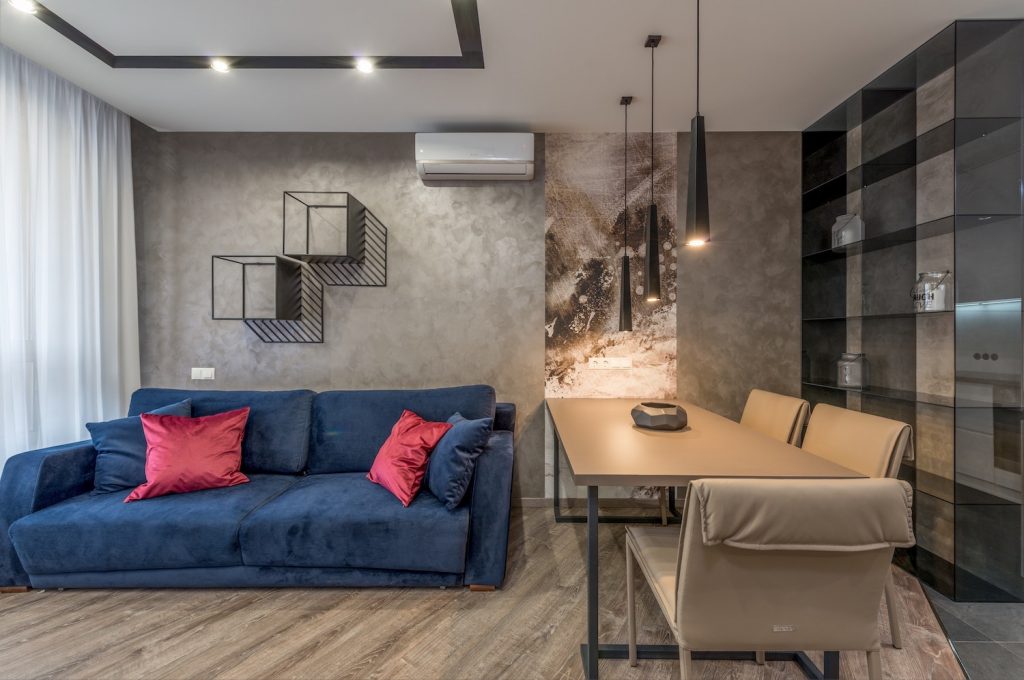
Furthermore, since wall space may be short supply in larger open plan space, pendant lights also eliminate the need to find space and add fittings to walls.
Floor lights and table lamps
As we move from the dining room through to the living room, we should look at a new way to light a space and define the living room from the dining area.
Using floor lights and table lamps is especially effective in areas where wall space is limited. This means you can light specific areas without lighting the entire open space.
Floor lights work beautifully in living rooms and even open plan bedrooms, not to mention these handy lights can be moved wherever and whenever needed and add a cosy element to the relaxing space of a living room.
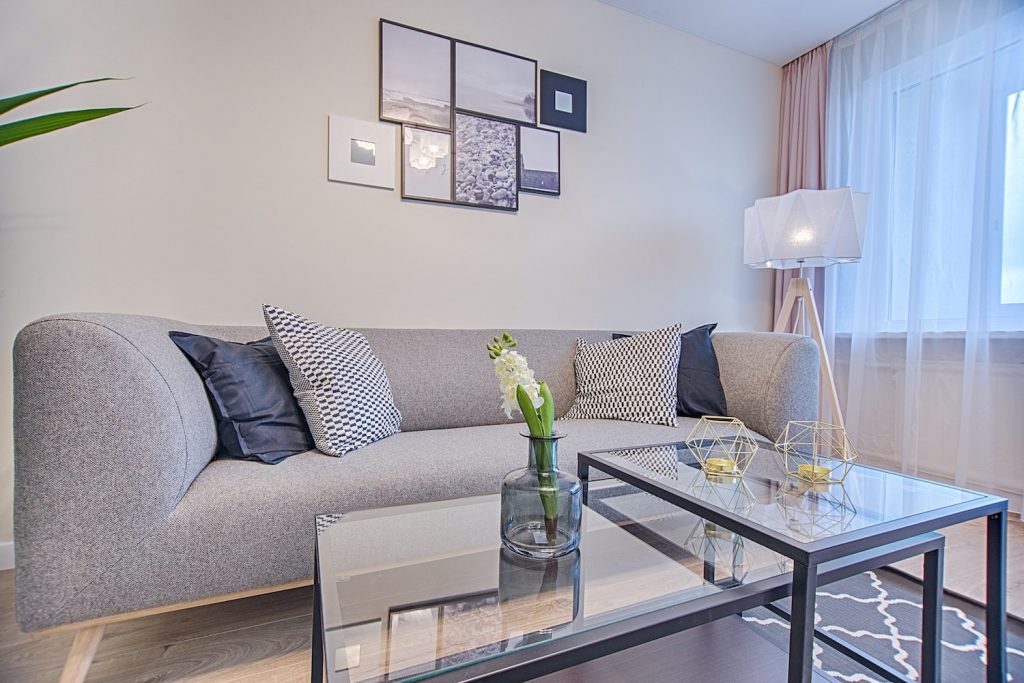
Pairing table lamps around the sofa or side tables allows for another dimension in your lighting, lighting from lower down than the high pendants and downlights of the more task-based areas of the space. This gives further definition to the areas within your open plan space and create a more cohesive and relaxing living room.
Ready to create the ambience in your open plan space? Check out our lighting by types to find the perfect lighting for your home and design a perfectly balanced space.
[related_products is_auto_added="1"]Lighting in open plan spaces such as a bedroom or a dining room is relatively straight forward when you consider the purpose of a room. Especially if each room has a different style or theme. But lighting an open plan space has a few design elements to consider. While it’s easy to see where a […]
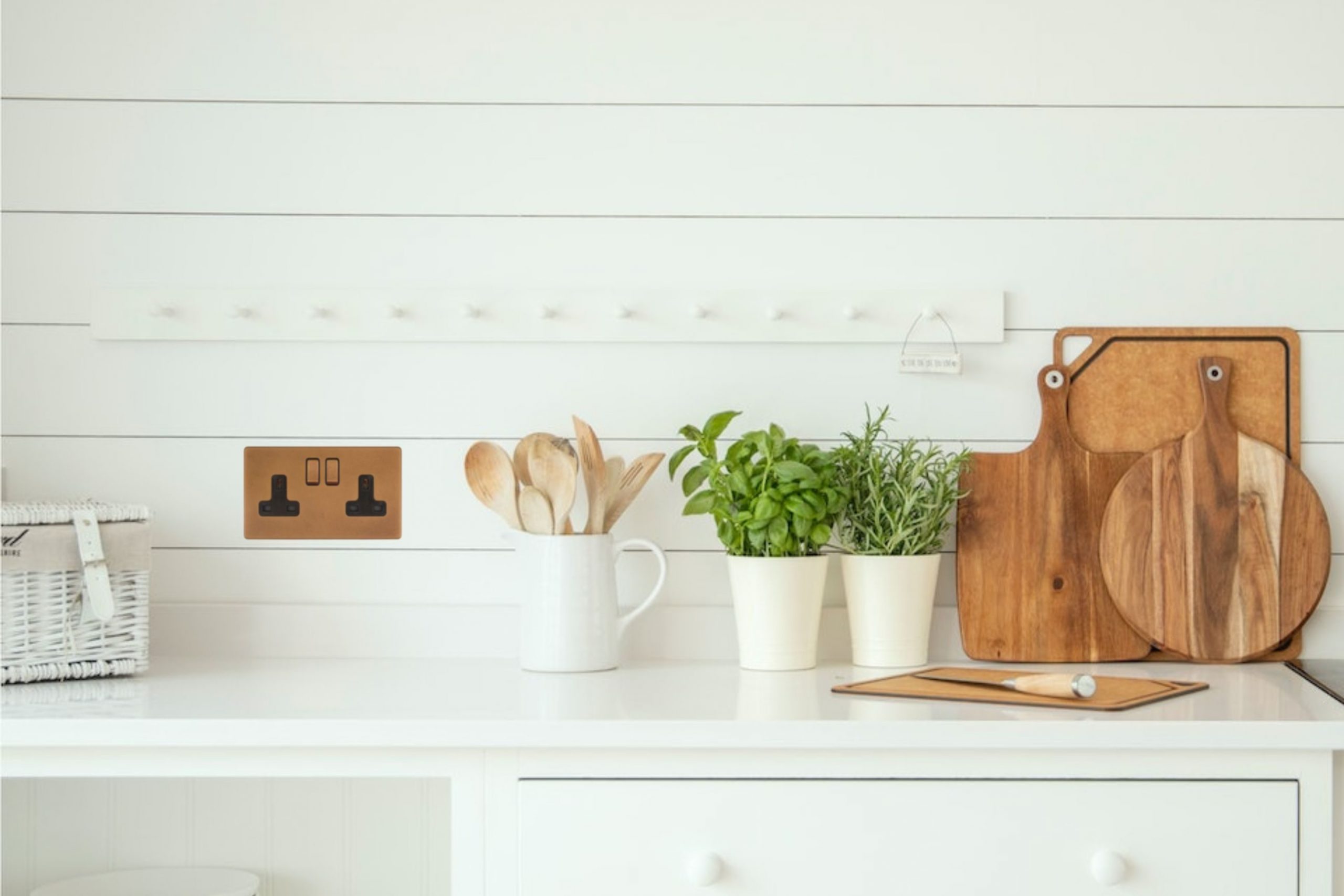
Mixing metals has been a growing trend in recent months. It is still gaining popularity as we experiment with the ways that different metals match or contrast with one another.
Copper has been a firm favourite for chic interiors for some time, with brushed copper being the go-to choice. This finish gives a bright warm accent to modern bedrooms and living rooms and adds a beautiful pop of colour.
So, what is antique copper? Let’s look at the two side by side to understand the key differences.
Antique Copper vs Brushed Copper
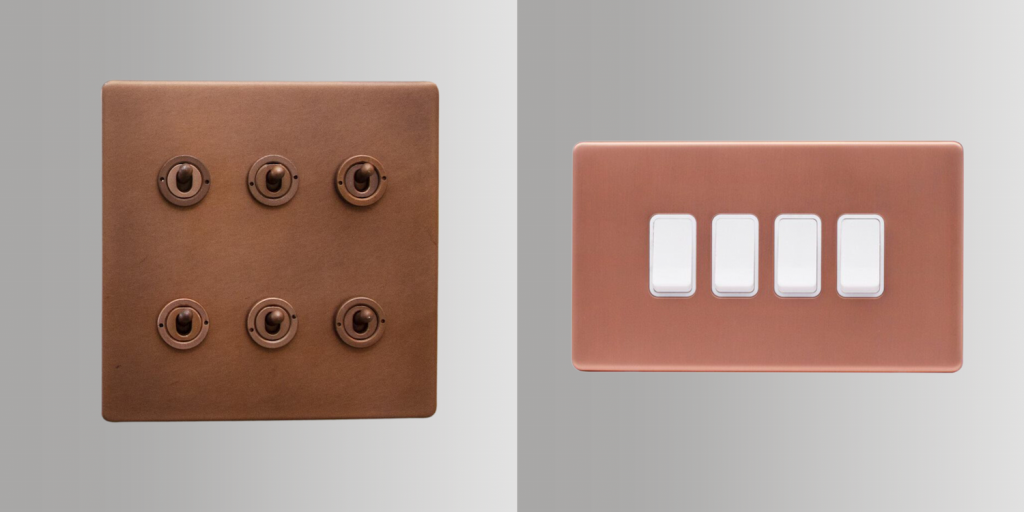
Brushed copper is typically machine manufactured for a uniform finish that is closer to rose gold in colour. This bright metal with a pinkish hue seamlessly complements rich jewel tones and modern geometric patterns.
Antique copper boasts an aged finish that is well suited to traditional or rustic homes due to its unique patina. With a warmer burnished gold lustre, it lends a time-worn warmth to a space. And with its hand-crafted finish, no two pieces are alike.
The satin finish has the appearance of having been used for many years while also hiding fingerprint marks extremely well, meaning that you will never need to polish your antique copper switches or sockets.
Styling with Copper
Copper is a beautiful colour in its own right and works particularly well with navy blues, forest greens, black, whites, and creams. With the burnished warmth that comes with antique copper, styling with this rich metal is very easy.
This finish works beautifully in rustic kitchens that uses mixed metals in all of its accents, matching copper pots and pans. Country living rooms that boast raw wood, chunky knit throws, and a cosy lived in aesthetic also benefit from this rich finish.
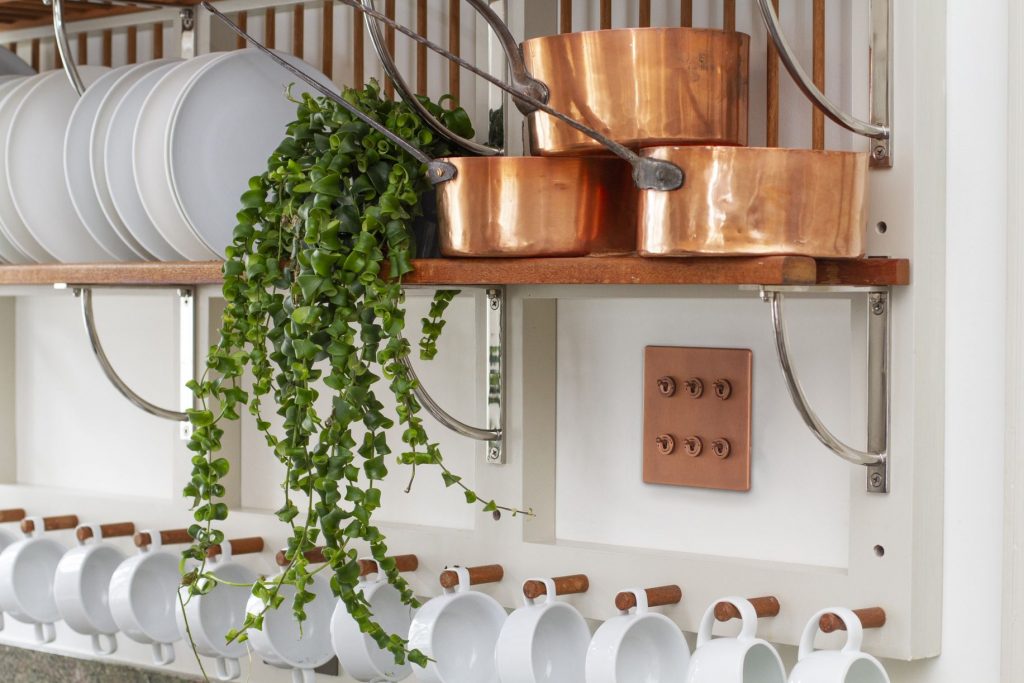
Pairing antique copper with a brushed chrome really allows the warmth of the copper to stand out, and this works particularly well in homes that welcome a modern twist in their interior design. Mixing metals is growing in popularity, and matching a cooler toned uniformly brushed metal with a warm, hand-finished metal adds a sophisticated dimension to your assets.
Take a look at our range of Antique Copper switches and sockets to discover which is your favourite.
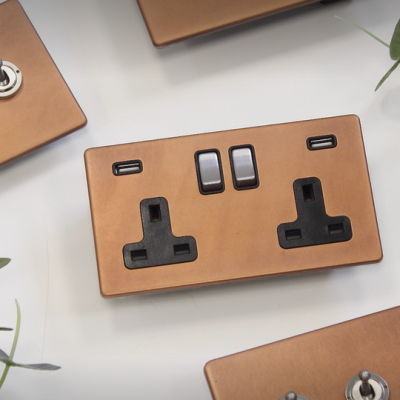
Mixing metals has been a growing trend in recent months. It is still gaining popularity as we experiment with the ways that different metals match or contrast with one another. Copper has been a firm favourite for chic interiors for some time, with brushed copper being the go-to choice. This finish gives a bright warm […]
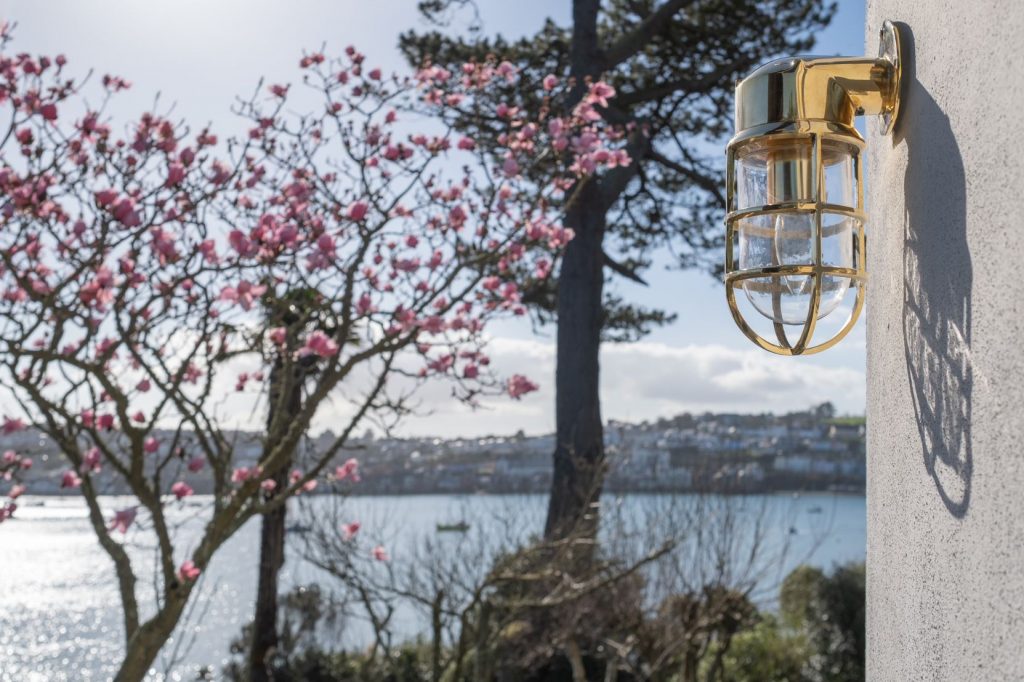
There is so much choice when it comes to outdoor lighting. Choosing can become confusing when you take into consideration things such as the style of your building, whether you need functional or decorative lighting, and even where you can install lights.
Outdoor lighting can completely alter the appearance of your building or outdoor space. It adds ambience and flow to the design of your home come the evening.
It’s important to note that you can’t just use any light fitting as an outdoor light, and safety must be considered. With this in mind, we will begin this outdoor lighting guide by looking at IP Ratings.
IP Ratings
An IP Rating or IP Code denotes how much protection the enclosure of an electrical product provides. In simple terms, how dustproof and waterproof a light is.
Each IP Rating is IP followed by two digits (Eg. IP66). The higher the digit, the better the protection. The first digit refers to the level of protection against solids. The second refers to the level of protection against liquids.
This means that an IP11 will have almost no protection against the elements. Whereas an IP66 will have a very high protection. Knowing this code will help you choose the right light, and choosing a higher IP Rated light is recommended.
Wall Lighting
Lighting the exterior walls with wall lights is perhaps the most popular way to light your outdoor space. There are plenty of surfaces to fit a light, which means you have a wide variety of options.
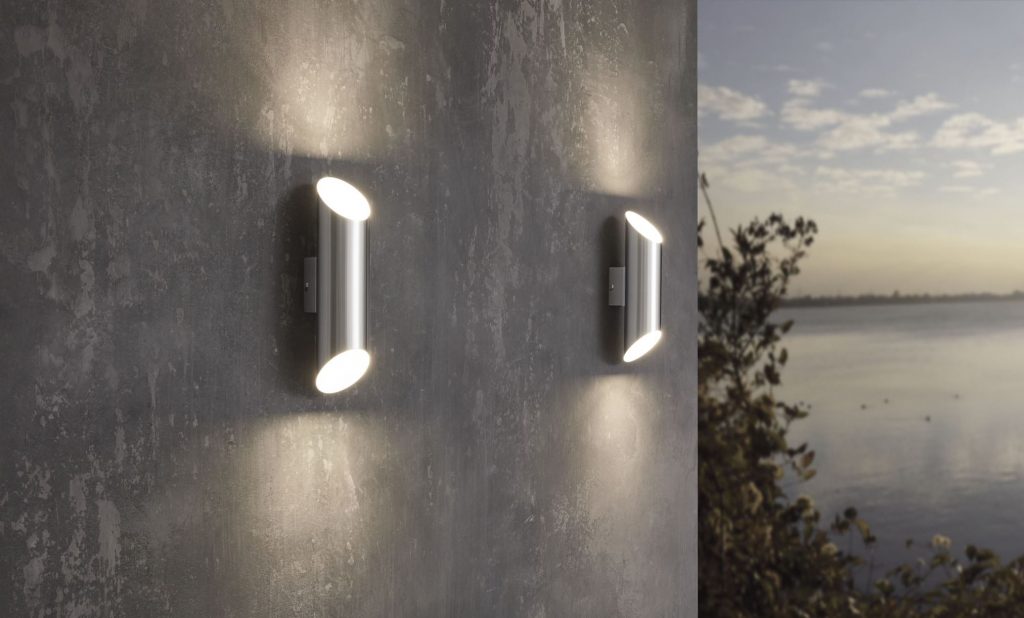
For a more traditional home, lantern lights and nautical styled brass lights are a great way to add to the classic style of your exterior space. This gives general illumination to porches and entryways.
Modern homes benefit from a minimalist wall light that provides up and down lighting, allowing the light itself to be a feature of the exterior design of your home.
Floor Lighting
Floor or deck lighting is a great way to add functional outdoor lighting to a variety of places. Subtle and minimalist, these lights can blend into any exterior to add functional yet atmospheric light to any space whether a porch, an entryway, or to light garden steps.
Up-lighting your walls is one way to create a visually beautiful play of light and shadow to create a pleasing ambient light. Deck lighting adds functional illumination to potentially hazardous areas like steps, decks, or sloping surfaces.
Ceiling Lighting
You’re probably wondering why we have included ceiling lights in an outdoor lighting guide, but adding a ceiling mounted light to verandas, eaves, or porches is a great way to light a more traditional home. This is particularly useful for situations where wiring through a wall may not be possible and allows for a more decorative lighting option.
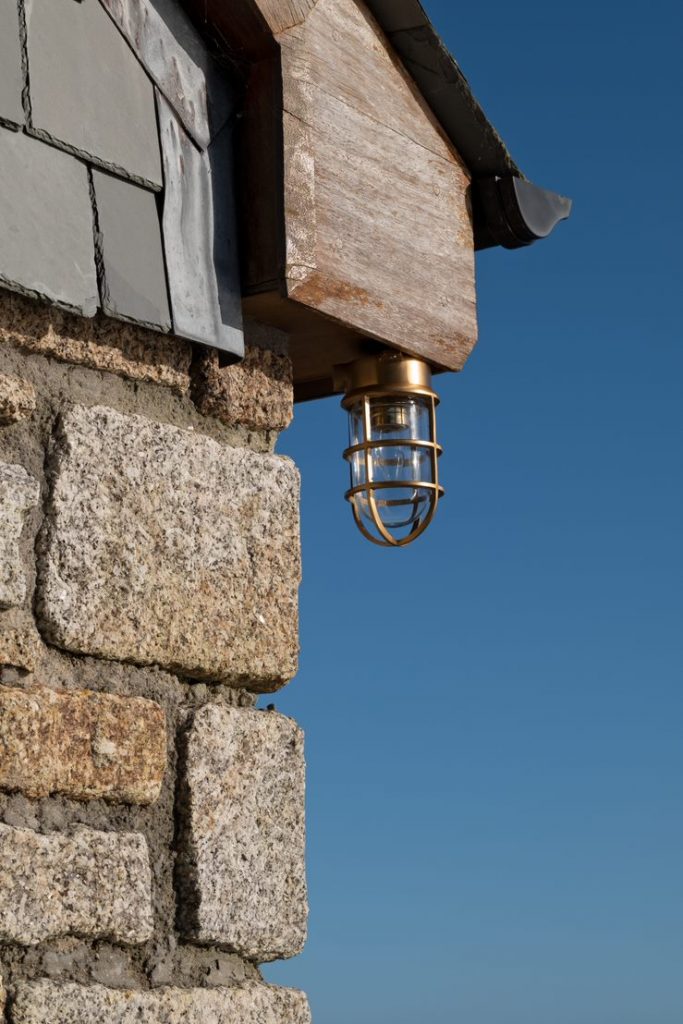
Lighting choices include stylish lanterns or nautical brass lights, or simply high IP Rated downlights, giving wonderfully functional lighting that doesn’t interfere with your exterior walls.
Garden Spikes
Garden spikes are a great way to light up features such as pathways, walls, arches, or garden. These functional lights are extremely easy to install by simply driving into soil or grass, which means they are equally as movable.
These lights are adjustable, meaning they can be directed to features, to light up walls, or directed downward to light a pathway, and are incredibly versatile.
Bollards
A great way to light up a more contemporary building is with bollard lighting. Bollards can be fitted into pathways, driveways, lawns, and flowerbeds to allow for useful path lighting and for lighting up entryways. Bollards are also a fantastic way to add sophisticated lighting to entrances.
Light levels
Choosing your light level depends on many factors, such as how many lights you intend to install, whether these to be used as functional lighting, or simply to highlight your home.
It’s important to get the level right, an overly bright light on your beautifully designed patio will disrupt the ambience of your space, whereas a soft decorative light may not give you the functionality you need for an entryway.
There is a solution, however. Many outdoor lights are dimmable these days, and this means that with a dimmer to control these lights, you can adjust your lighting to your needs rather than being stuck with one level of brightness.
Light Temperature
One aspect of lighting that is often forgotten is light temperature. Choosing the wrong light temperature can be as jarring as choosing the wrong light level. Too cool a temperature can give a sterile feel to the area, whereas too warm and you run the risk of having orange lighting.
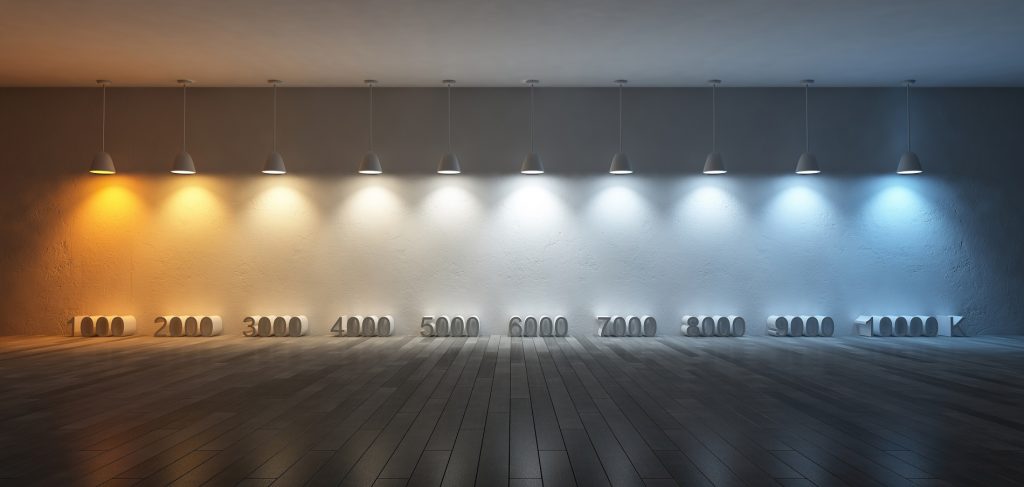
In cosy areas that will be used socially such as patios and gardens, a warmer temperature is certainly more fitting, and will add to the overall ambience, whereas a cooler temperature works functionally in patios and entryways. When it comes to contemporary wall lights, the choice is yours! This will depend on your personal tastes, and perhaps the colour of your property.
There are plenty of ways you can make the most of your outdoor space, and we hope this guide has helped you make a decision about lighting your home.
Are you feeling inspired? Take a look at our outdoor lighting range to brighten your outdoor space today.
Planning outdoor lighting involves several key steps. First, assess your outdoor space and its purpose, identifying areas that require illumination. Next, choose the right fixtures and bulbs for each area, considering factors like brightness and energy efficiency. Create a lighting plan with a mix of task, ambient, and accent lighting to enhance safety and aesthetics.
Yes, outdoor lights can be too bright. Overly intense outdoor lighting can cause light pollution, disturb wildlife, and disrupt neighbours. It's essential to strike a balance between safety and ambiance by using lower wattage bulbs, shielding fixtures, and employing motion sensors or timers to reduce excessive brightness while preserving the night's tranquillity.
There is so much choice when it comes to outdoor lighting. Choosing can become confusing when you take into consideration things such as the style of your building, whether you need functional or decorative lighting, and even where you can install lights. Outdoor lighting can completely alter the appearance of your building or outdoor space. […]
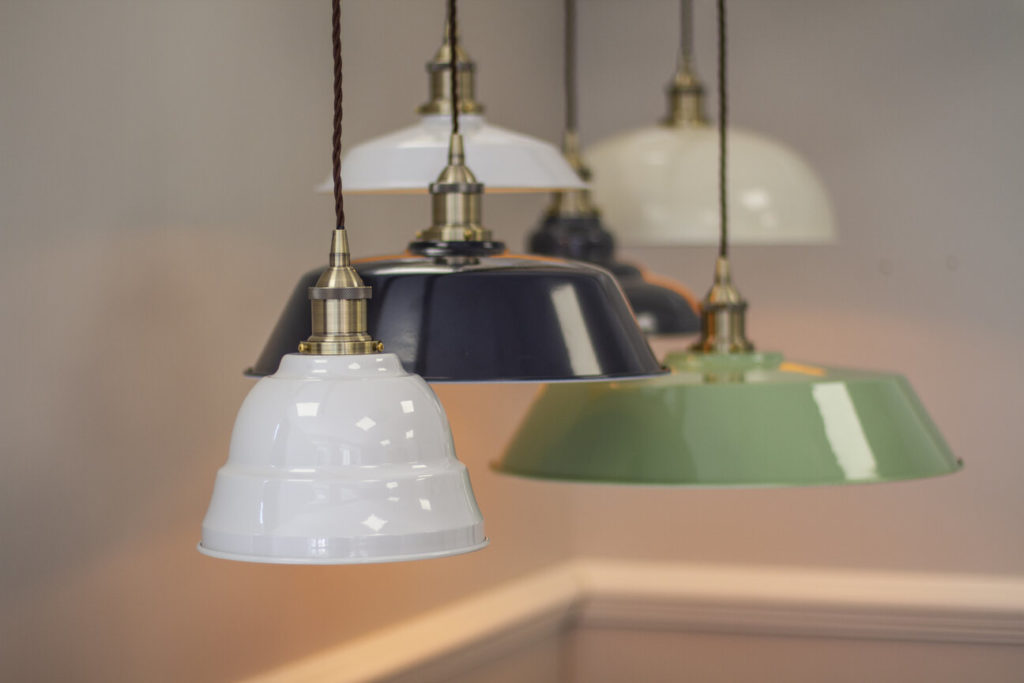
Pendant lights are often missed in a usual cleaning routine. And while these lofty features are harder to reach, they do need to be cleaned from time to time to keep your home feeling clean and bright.
In this handy guide, we will highlight the different ways of cleaning pendant lights, and depending on the material, we will help you to maintain your pendant shades properly without causing any damage.
For safety reasons, please remove the shades from the fixture when cleaning your pendants, especially when using liquid cleaning products. If you are unable to remove the shade, an extendable duster will work just fine in a pinch.
Glass Pendants
Cleaning glass pendants one of the easier shades to clean, however we would recommend removing the pendant from the fixture before doing so.
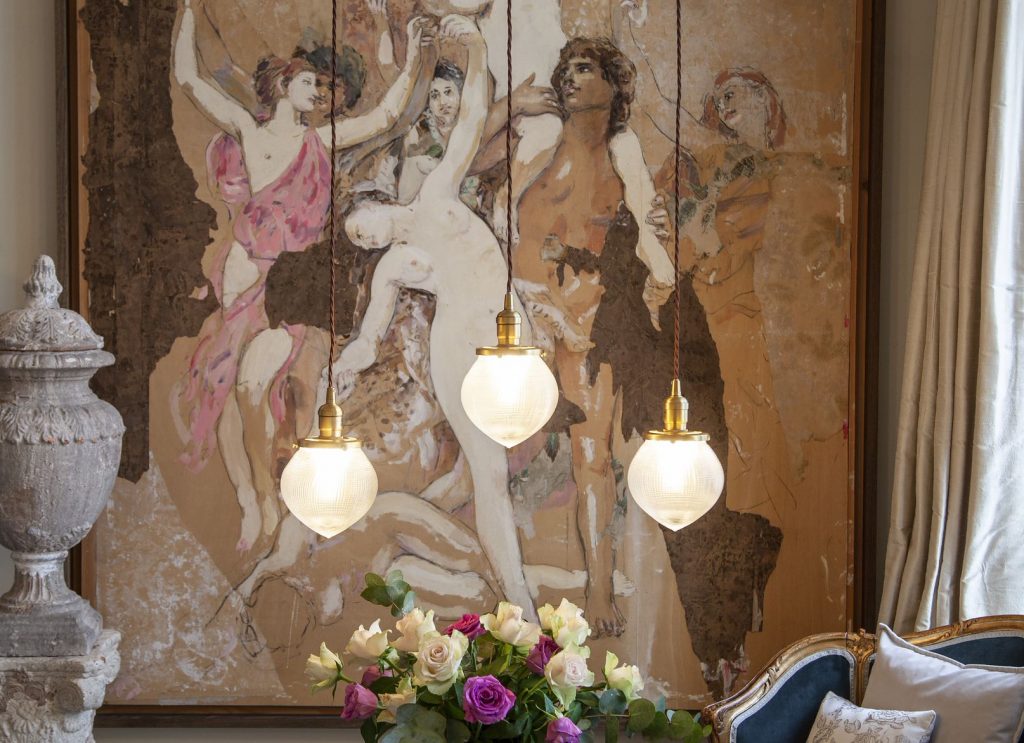
Using soap and water, you can clean the surface and buff to a high shine. Just make sure that the shade is thoroughly dry before replacing anywhere near electrics. If removing the shade isn’t possible, you can use a dry microfibre cloth to polish the surface of the glass.
Metal Pendant Shades
There are several different metals that will need different methods to keep them clean.
Polished chrome only needs a dry cloth to buff out any fingerprints or marks and can be achieved quickly. Though be careful not to apply too much pressure or you risk scratching the high shine. We recommend a soft, dry microfibre cloth and buffing in smooth circular motions to get rid of any marks.
Brushed metals tend to need a little more of a firm buff. A microfibre will work equally well on this finish. If you find that the dust is not shifting, a little water can help clean the surface effectively. Just make sure that you dry it thoroughly to avoid any rust from developing.
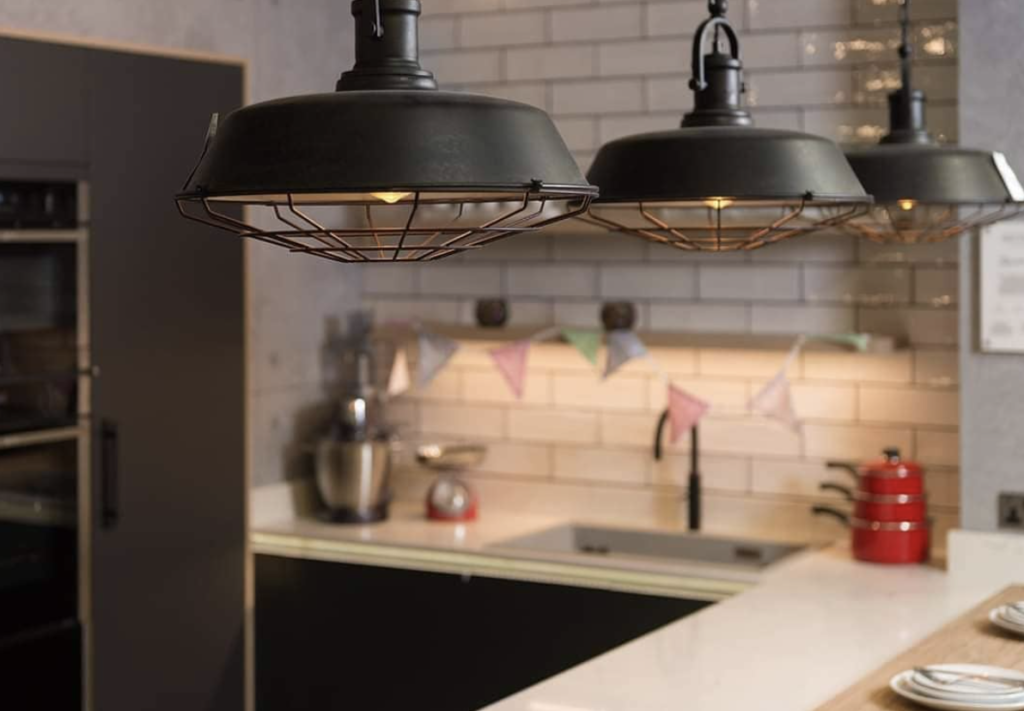
Brass, bronze, and copper all develop a beautiful patina over time if left untreated. Oxygen in the air oxidises with these metals, transforming them from highly polished finishes into a richer bronze, a darker gold, or even a vivid green. If the patina is not to your taste, you can use a metal cleaner to gently polish these finishes back to their original shine. Be careful not to let any water sit on these finishes as it will result in harder to remove blemishes.
Fabric Pendants
Fabrics are a stunning material to use for shades, and are often backed with a plastic to give them shape. However cleaning these shades with any liquids, whether water or cleaning products, can damage these delicate materials. This is especially true for silk, suede, or paper shades. We therefore recommend wiping with a dry cloth to gently remove any dust and to help maintain this delicate material.
Plastic Pendant Shades
Depending on the texture of these pendants, you will be able to wipe over these with a damp cloth. If you are able to fully remove the shades, they could benefit from a thorough clean with some soap and water, just make sure they are thoroughly dry before replacing. If the plastic shade is highly textured, then dusting with a clean duster will yield the best results.
Wood, Bamboo, and Rattan Shades
For wooden fittings or shades, cleaning with wood polish may be a viable option, and a dry microfibre cloth will work in place if you are unable to take the shade down from the fixture. Avoid using water or damp clothes as water may stain or even warp the wood over time.
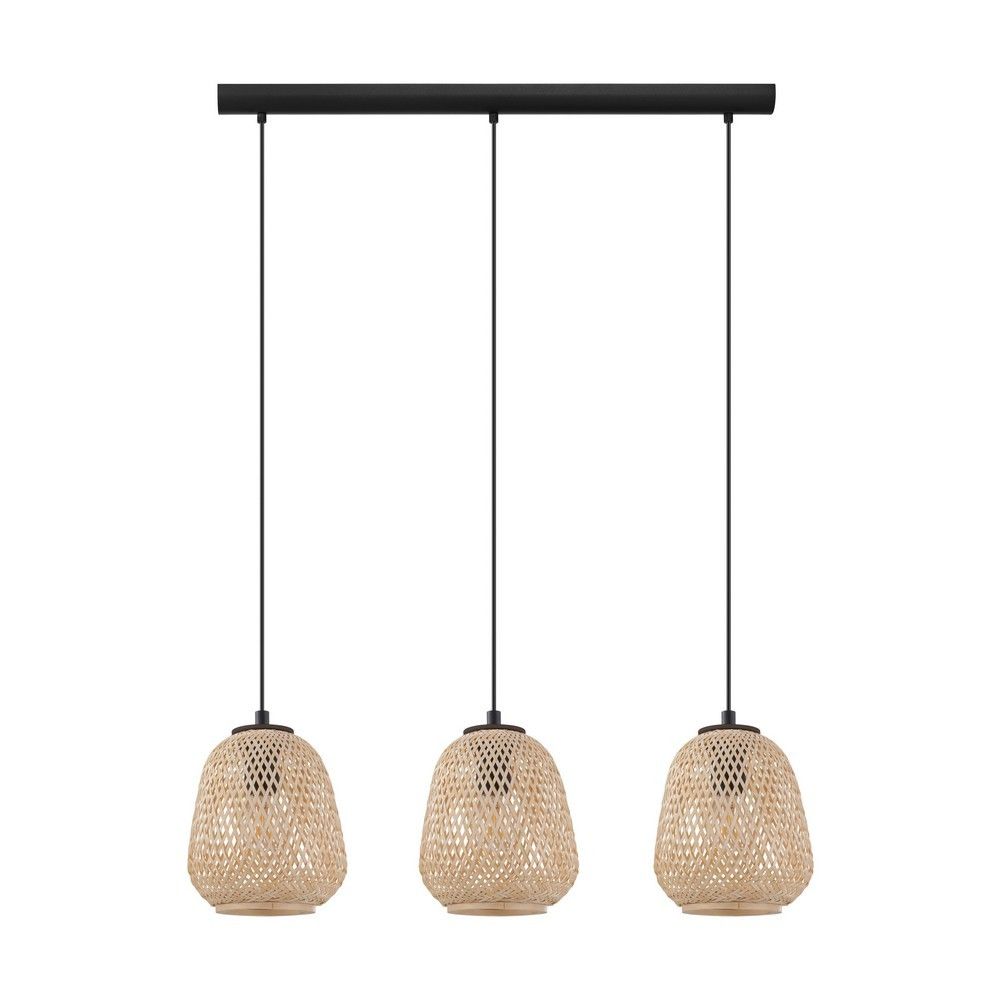
Rattan or bamboo shades can be tricky to clean, especially woven wicker shades, but this is nothing a dry duster cannot tackle. Try to use a duster that will not easily catch on the rattan and leave behind any fibres that will be tricky to remove.
[related_products is_auto_added="1"]Pendant lights are often missed in a usual cleaning routine. And while these lofty features are harder to reach, they do need to be cleaned from time to time to keep your home feeling clean and bright. In this handy guide, we will highlight the different ways of cleaning pendant lights, and depending on the […]
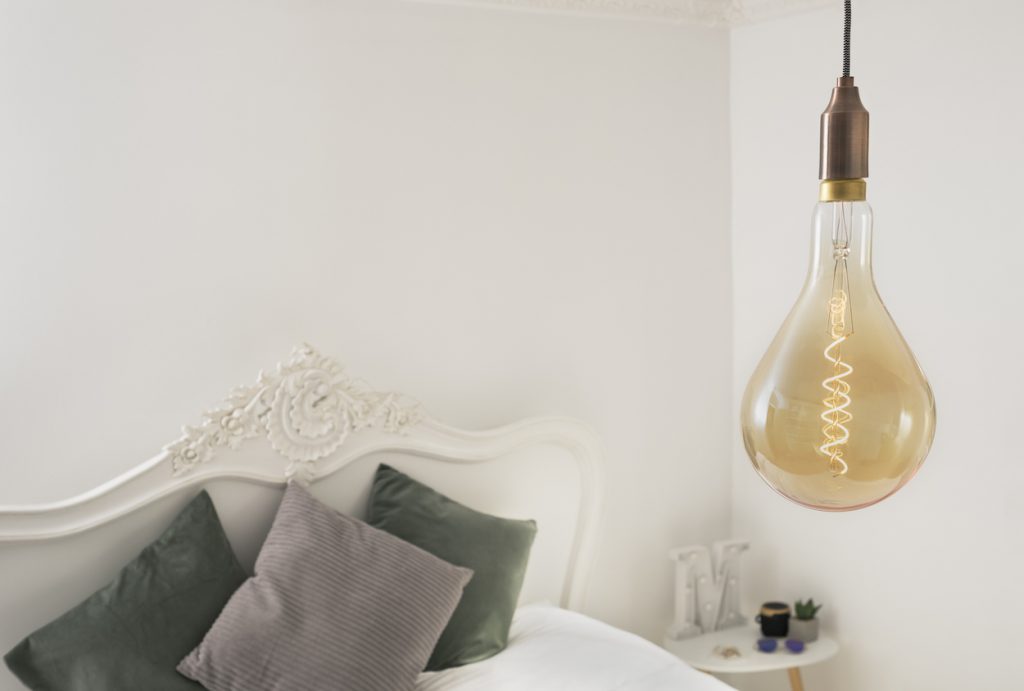
LED lighting has changed so much over the years. Once an unsightly plastic covered diode, the humble LED has evolved to become so much more. And their benefits stretch much further than appearances.
Cost effectiveness, sustainability, and longevity are all reasons to consider switching to LED lights in the home. But what are the best LED lights for you? This question very much depends on you and your home. With many variables to consider, choosing a lightbulb can be quite daunting. Especially when there are so many available to choose from.
Colour temperature
Colour temperature denotes the appearance of its light. Most bulbs produce white light, but this ranges from a warmer colour (orange or yellow), neutral (white), to cool (a blue, white colour). Which colour temperature you choose very much depends on how you wish to use your room. To see the temperature you are purchasing, you will often see a number followed by a K. This stands for Kelvin. This number denotes the warmth of the light. Typically lightbulbs vary between a warm 3000k and a cooler 6000k.

If your space requires more than one colour temperature, or you like to be able to switch between temperatures for different purposes, you should consider a CCT or Colour Correlated Temperature bulb. These bulbs can be adjusted either between cool or warm lighting
Brightness
Not all LED bulbs are dimmable, and not all LED bulbs are the same brightness. Lumens makes all the difference. But if you pick a dimmable LED you can adjust this brightness to suit your needs. Picking brighter bulbs works best for task lighting, whereas dimmer bulbs are more suitable for ambience. With the actual function of the bulb decided, you can move on to the different styles available.
Opal glass LED bulbs
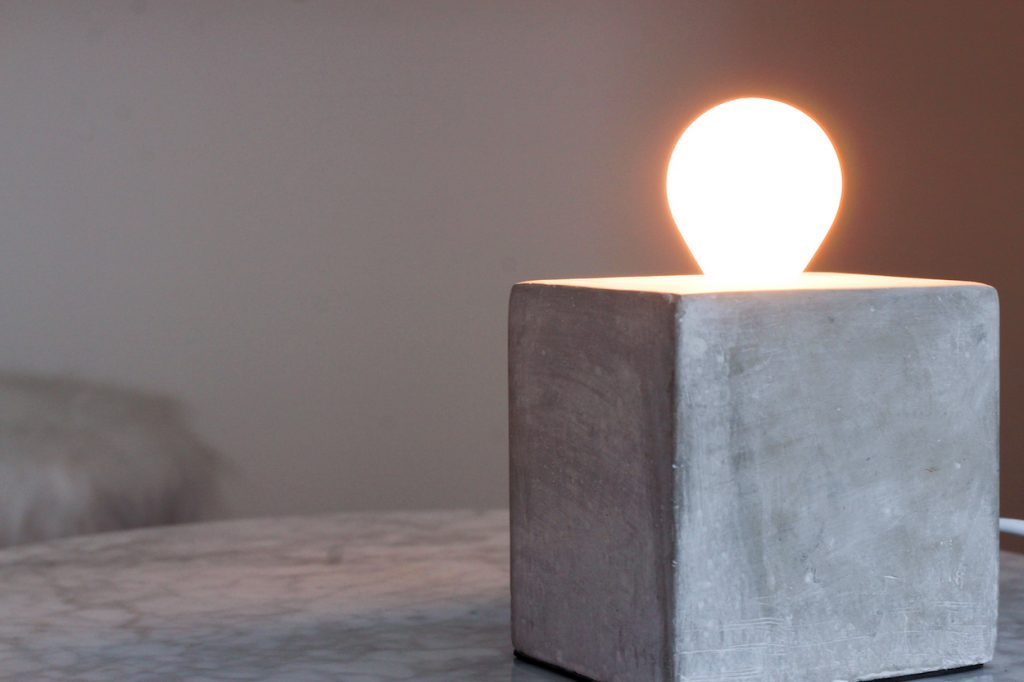
Opal bulbs offer a diffused lighting to the room by dispersing the light evenly through a translucent glass. This kind of bulb is best suited for open shades, producing a much softer light, and can reduce shadows in when the bulb is illuminated. Opal bulbs are the easiest choice for most lights, offering a pleasing task light, just make sure you buy dimmable bulbs if you require different levels of brightness.
LED Filament bulbs
Perhaps the biggest change in LED lighting is the filament bulb, with technology allowing for LEDs to mimic this classic vintage design. Filament bulbs are generally made with clear glass, or even coloured or smoked glass, with a decorative spiral or shaped filament inside. This type of bulb is designed to be used as part of a decorative display. Filament bulbs do not always offer functional task lighting, and these low light bulbs work particularly well as part of a decorative chandelier or display. The higher the lumens, the brighter the bulb will be.
Decorative LED Bulbs
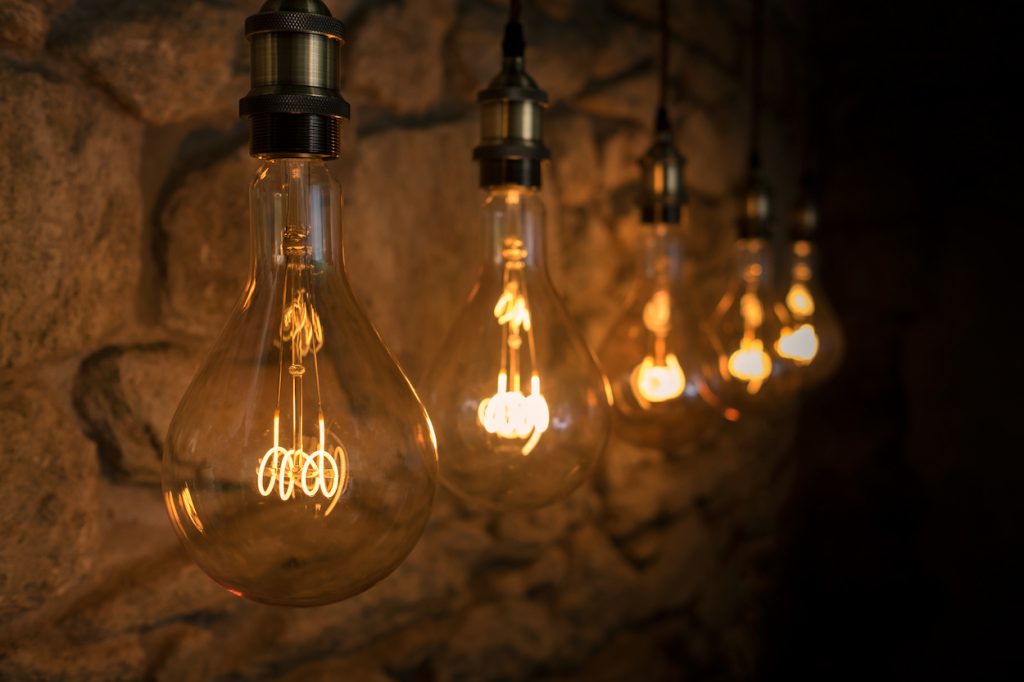
Decorative bulbs are a wonderful option for lighting displays large or small and gives character to a space. These bulbs are sometimes shaped from handblown glass that is typically designed to be used as a standalone statement piece, and can come in a multitude of beautiful colours, or as smoked ombre glass. They can also be made with clear glass and a spiral shaped filament, or with opal glass for a softer, diffused light.Decorative bulbs usually only provide decorative lighting as well as an aesthetic design which is perfect for a large display that relies on soft light to accentuate the luminaire.
[related_products is_auto_added="1"]LED lighting has changed so much over the years. Once an unsightly plastic covered diode, the humble LED has evolved to become so much more. And their benefits stretch much further than appearances. Cost effectiveness, sustainability, and longevity are all reasons to consider switching to LED lights in the home. But what are the best […]
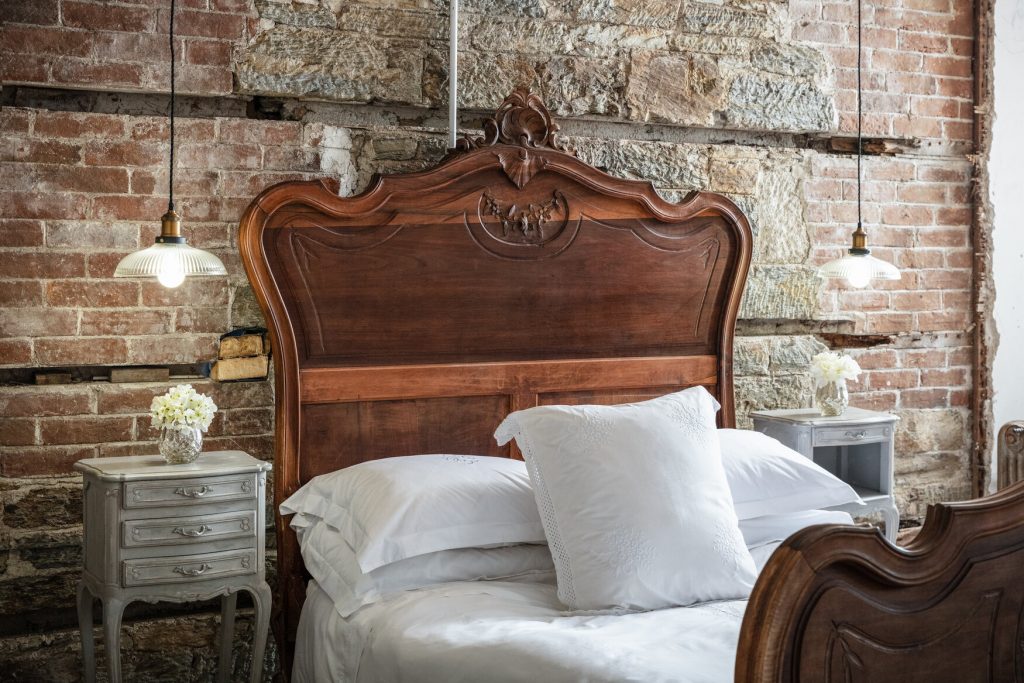
We spend a lot of time in our bedrooms so getting the bedroom lighting right is worth the thoughtful consideration.
Whether it’s ensuring you have enough light for bedtime reading, a well-lit space for getting dressed, or simply creating a romantic mood.
We look at ways that you can make your bedroom a relaxing sanctuary whilst also making it functional.
The Ultimate Guide To Bedroom Lighting
Flexibility - Dimmer Switch
Having complete flexibility and control over your lighting setup is the first place to start when choosing your bedroom lighting.
A dimmer switch in a bedroom can be a great idea for controlling lighting. It allows you to adjust the level of light in the room to suit your needs and mood.
With a dimmer switch, you can create a relaxing atmosphere for winding down at the end of the day, or brighten the room for tasks such as reading or getting dressed. They are the ultimate in achieving a fully personalised and comfortable bedroom space.
Dimmer switches can also save energy by allowing you to use lower levels of light when full brightness is not needed.
Task Lighting
Task lighting is any type of lighting that is used for activities such as reading, or getting dressed. It is designed to provide focused light on a specific area, rather than illuminating the entire room.
In a bedroom, task lighting may be needed at a desk or work area, a vanity or dressing table, or near a comfortable chair or reading nook.
Some examples of task lighting for a bedroom might include a desk lamp, a wall-mounted reading light, downlights or a floor lamp with an adjustable head.
It is important to choose task lighting that is bright enough to adequately illuminate the area where it will be used, while also being energy-efficient and easy on the eyes. Task lighting can be an important part of creating a functional and comfortable bedroom space.
Downlights
Downlights are one of the best forms of task lighting as they can be directed exactly where you need the light. However, they should only be used for task lighting in areas that need it, and not throughout a bedroom.
This type of lighting would work perfectly for highlighting a vanity table or desk, reading nook or for backlighting shelves and wardrobes.
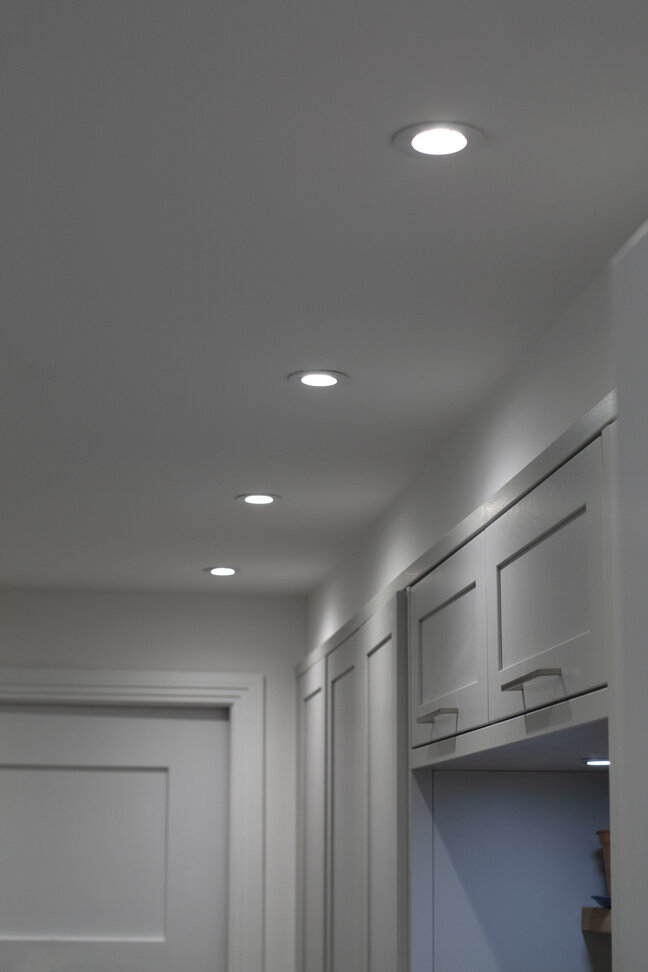
Wall Lights
Introducing wall lights to a bedroom is a great way to create a layered lighting scheme. They can be used in a number of settings from bedside lights to a desk light, to carefully placed wall lights around a bedroom for soft, subtle levels of light.
Wall lights can be a stylish and decorative element in a bedroom, adding to the overall ambience and design of the space.
Wall lights come in a variety of styles and finishes, so you can choose the ones that best fit the look and feel of your bedroom.
They can be used to complement other lighting sources or to provide additional task lighting as needed.
Pendant Lights
Pendant lights can be a stylish and decorative element in a bedroom. They can be used to complement other lighting sources such as wall lights, or provide additional task lighting as needed.
You can choose from a wide range of pendant lights, and consideration should be made about the sizing of the light.
An oversized pendant can look stunning in the right setting, but it can also make a room feel even smaller. Be aware of the measurements and size it up in the room before committing to the chosen light.
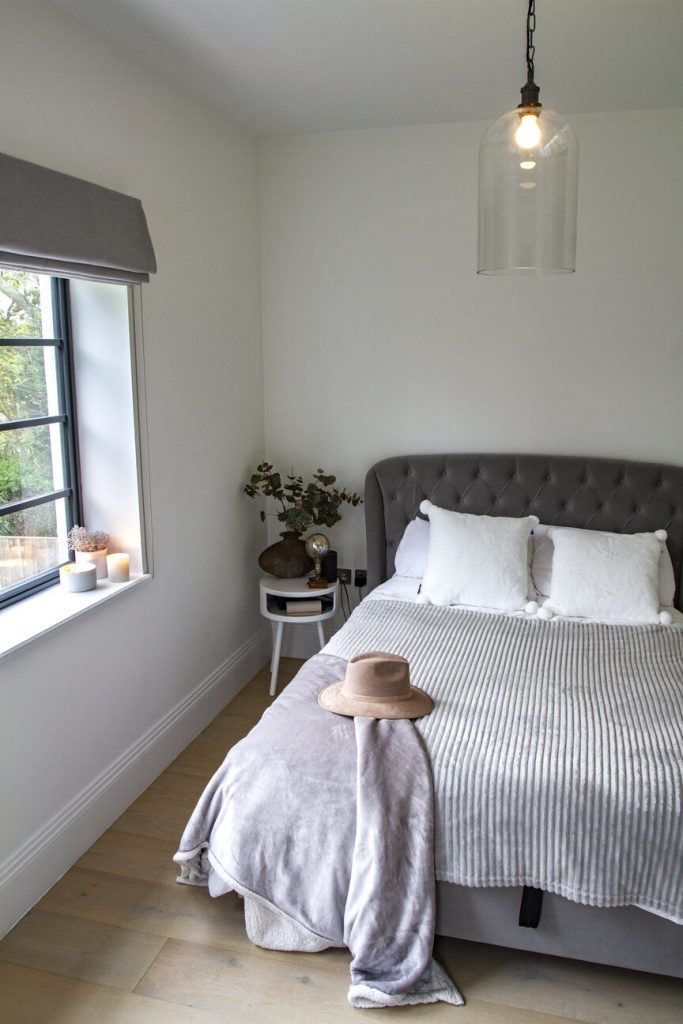
Table Lamps
For more controlled, task lighting you might also prefer the look of a traditional table lamp.
Table lamps are a perfect choice for bedside table lighting, reading nooks. They are a stylish addition to a set of shelves or for a desk setup within a bedroom.
You can combine aesthetics with functionality when it comes to table lamps to ensure it becomes part of your interior.
The Best Bulbs For A Bedroom
When it comes to choosing the best bulbs for a bedroom, there are a few factors to consider. One important factor is the colour temperature of the bulb.
Bulbs with a warm white or soft white colour temperature (2700-3000K) tend to be more soothing. These create a cosy, inviting atmosphere, which is ideal for a bedroom. Bulbs with a cool white or daylight colour temperature (4000-5000K) tend to be more energising. These may be better suited for tasks such as reading or getting dressed.
Brightness
Another factor to consider is the bulb's brightness, or lumens. For a bedroom, it is generally best to choose bulbs that are not too bright, as this can be harsh on the eyes. A bulb with a brightness of around 500-800 lumens should be sufficient for most bedroom tasks.
Lastly, you need to consider what type of bulbs you choose. LED bulbs are a popular choice for bedrooms because they are energy-efficient, long-lasting, and produce little heat.
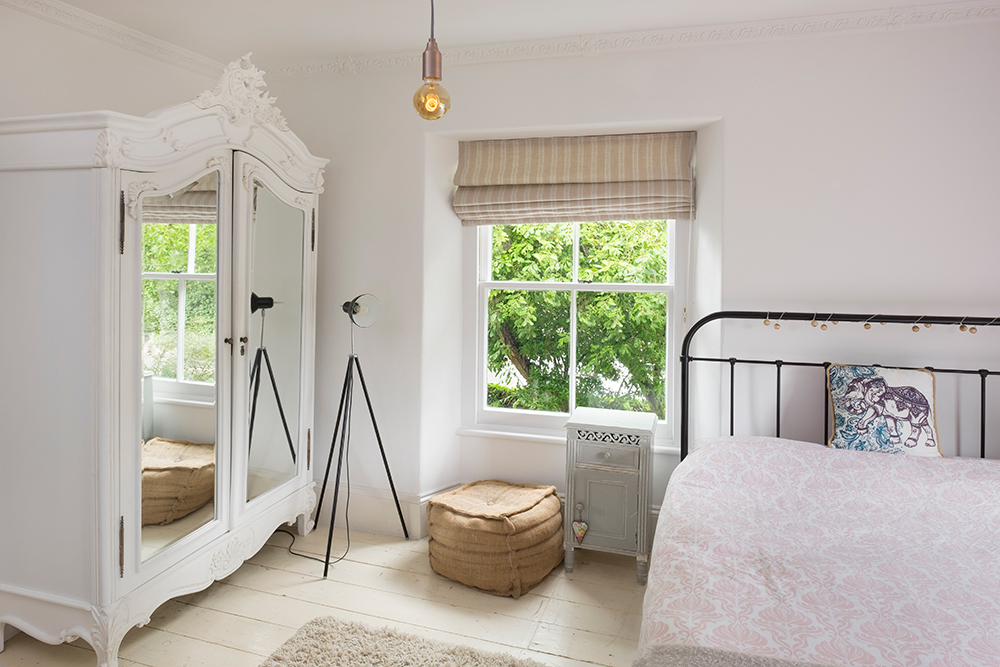
This bedroom lighting guide has hopefully provided some helpful insight into how to create a relaxing ambience in a bedroom that can be adjusted as the role of the room changes throughout the day with the right type of lighting setup.
Choosing between warm light and white light for your bedroom depends on your preferences and needs. Warm light, with a lower colour temperature, creates a cosy and relaxed atmosphere, perfect for winding down. White light, with a higher colour temperature, offers better visibility for reading or working. For a relaxing room, warm light is better.
The best bedroom light colour for sleep is warm white, typically with a colour temperature between 2700K and 3000K. This soothing, amber-toned light promotes relaxation and melatonin production, helping you drift off to sleep faster. Avoid cooler, bluish light (higher colour temperatures) as they can disrupt your circadian rhythm and make it harder to fall asleep.
We spend a lot of time in our bedrooms so getting the bedroom lighting right is worth the thoughtful consideration. Whether it’s ensuring you have enough light for bedtime reading, a well-lit space for getting dressed, or simply creating a romantic mood. We look at ways that you can make your bedroom a relaxing sanctuary […]

Yellow is a cheerful and vibrant colour that can add a touch of sunshine to any space.
It is often associated with happiness and positivity, and can be a great way to brighten up a room. But when it comes to choosing colours to pair with yellow, it can be a bit of a challenge.
In this post, we will explore some of the best colours to pair with yellow to create a cohesive and stylish aesthetic.
Whether you're decorating your home, creating a new outfit, or working on a design project, this post will provide some helpful tips and inspiration for incorporating yellow into your colour palette.
What Colours Go With Yellow?
Yellow & Navy Blue
Yellow and blue make a striking combination, and are often used together in design and fashion. Blue is a cool and calming colour, while yellow is warm and vibrant. Together, they can create a sense of balance and harmony.
If you're using yellow as your main colour, introduce Navy Blue with a statement pendant light. It will captivate attention as you step into the room, and it creates a beautifully striking contrast.
Yellow & Green
Green is the complementary colour to yellow on the colour wheel, which means they are opposite each other and create a high contrast when used together.
This can make for a bold and striking combination, particularly when using bright and saturated shades of both colours.
Introduce green with layered textures, think throws, cushions, linen curtains, or by introducing it with small decor accessories and furnishings.

Yellow & Purple
Purple and yellow are both bold and vibrant colours, and when used together they can create a playful and whimsical look.
Purple is a mixture of blue and red, which means it has both cool and warm tones, making it a versatile colour to pair with yellow.
Whether it's lilac or a deep purple shade, it can easily be worked into a yellow interior in thoughtful touches be it wall art, furnishings or with textiles.

Yellow & Orange
Yellow and orange are both warm and cheerful colours, and they can create a fun and energetic look when used together.
Orange is a mixture of red and yellow, so it shares some of the same warmth and vibrancy as yellow, but with a slightly different tone.
You're probably going to want to introduce a third, more neutral colour to the mix, unless the look you're trying to achieve is a bold, maximalist scheme.
Introducing a neutral such as cream, white or grey will help to mute the colour palette slightly.
Yellow & Grey
Grey is a neutral colour that can help to balance out the vibrancy of yellow. Pairing yellow with grey can create a modern and sophisticated look, particularly when using muted shades of both colours.
Perhaps you may want to use grey as the main base colour in your room, introducing pockets of yellow for warmth and colour in a space. Think yellow furnishings, throws, cushions, lighting and decor accessories.
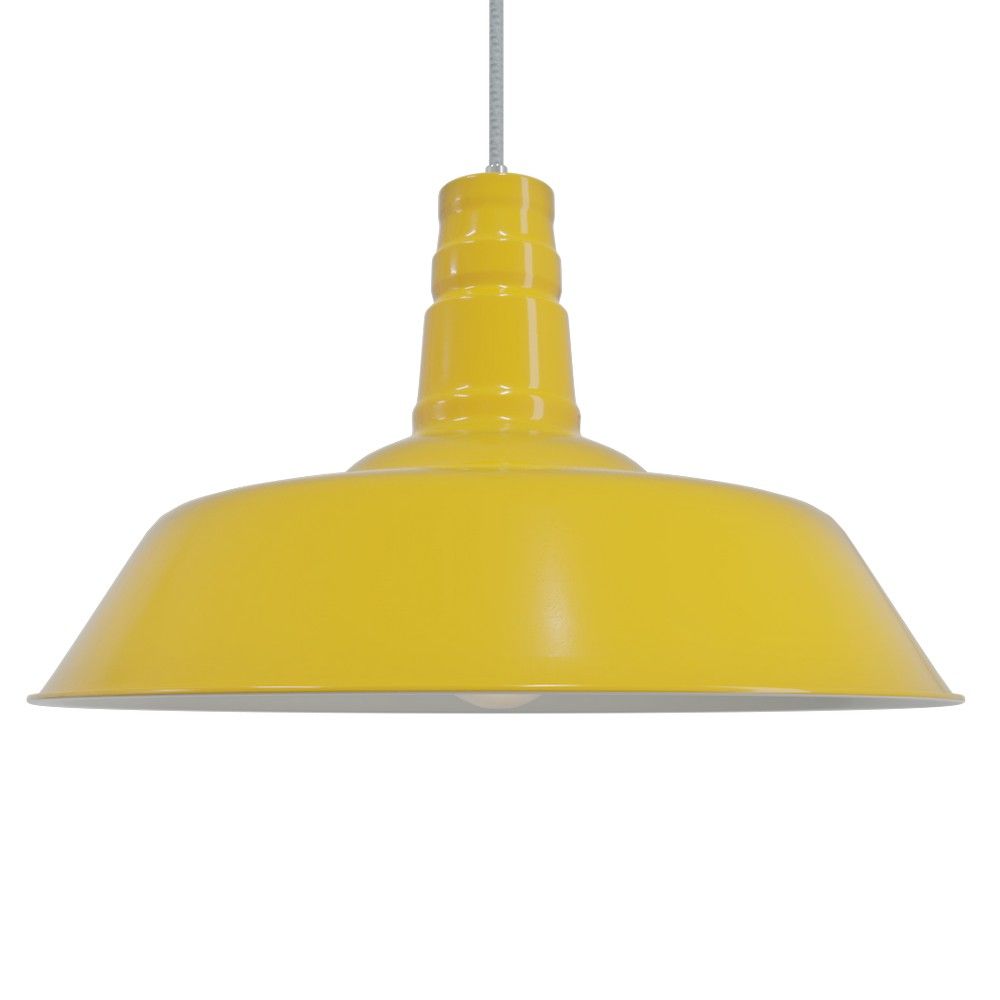
Yellow & Black
Yellow and black make a bold and striking combination, and are often used together in fashion and design. Black is a strong and powerful colour, while yellow is bright and cheerful. Together, they can create a dynamic and eye-catching look.
If you do have a modern home decor scheme, black becomes a defining accent that pulls the room together. You only need to use it sparingly with objects such as black nickel sockets & switches, cabinetry details and with small pieces of furniture to get the desired effect.
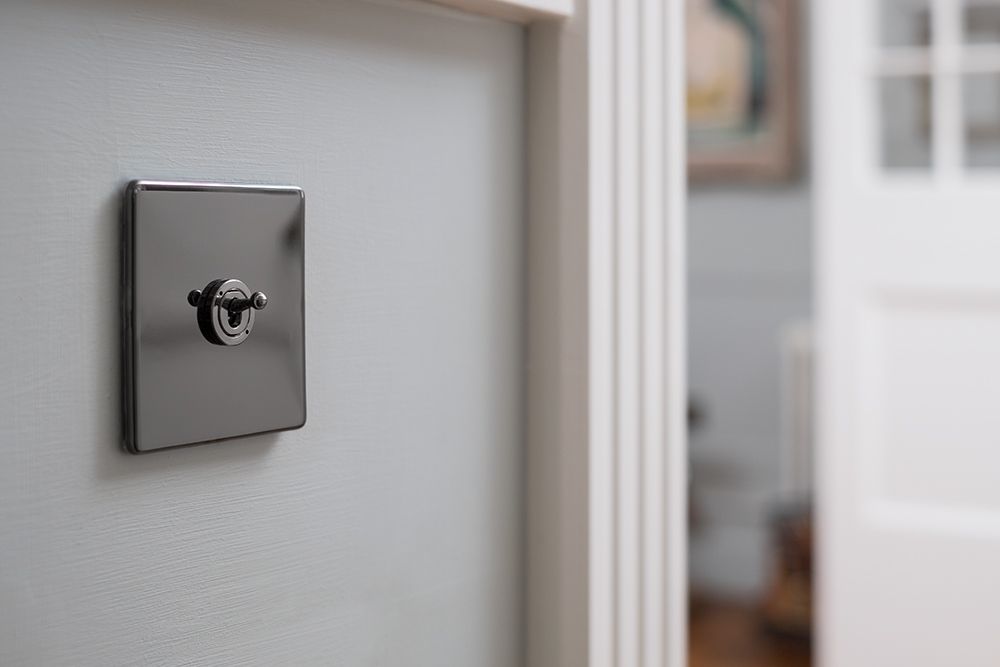
Yellow & White
These two colours can go well together in interior design. Yellow is a vibrant and cheerful colour, whilst white is clean and fresh.
Together, they can create a bright and inviting space that feels open and airy. Yellow and white can be particularly effective when used in a minimalist or modern design, as the combination of bold and neutral colours can create a clean and stylish aesthetic.
Additionally, using yellow and white together can help to highlight the other colours and details in a room, drawing the eye and creating a cohesive look.

When choosing colours to pair with yellow, it's important to consider the overall aesthetic you're trying to achieve.
Some colours that go well with yellow include blue, green, purple, orange, grey, and black. By using these colours together, you can create a cohesive and stylish look that incorporates the warmth and vibrancy of yellow.
[related_products is_auto_added="1"]Yellow is a cheerful and vibrant colour that can add a touch of sunshine to any space. It is often associated with happiness and positivity, and can be a great way to brighten up a room. But when it comes to choosing colours to pair with yellow, it can be a bit of a challenge. […]
